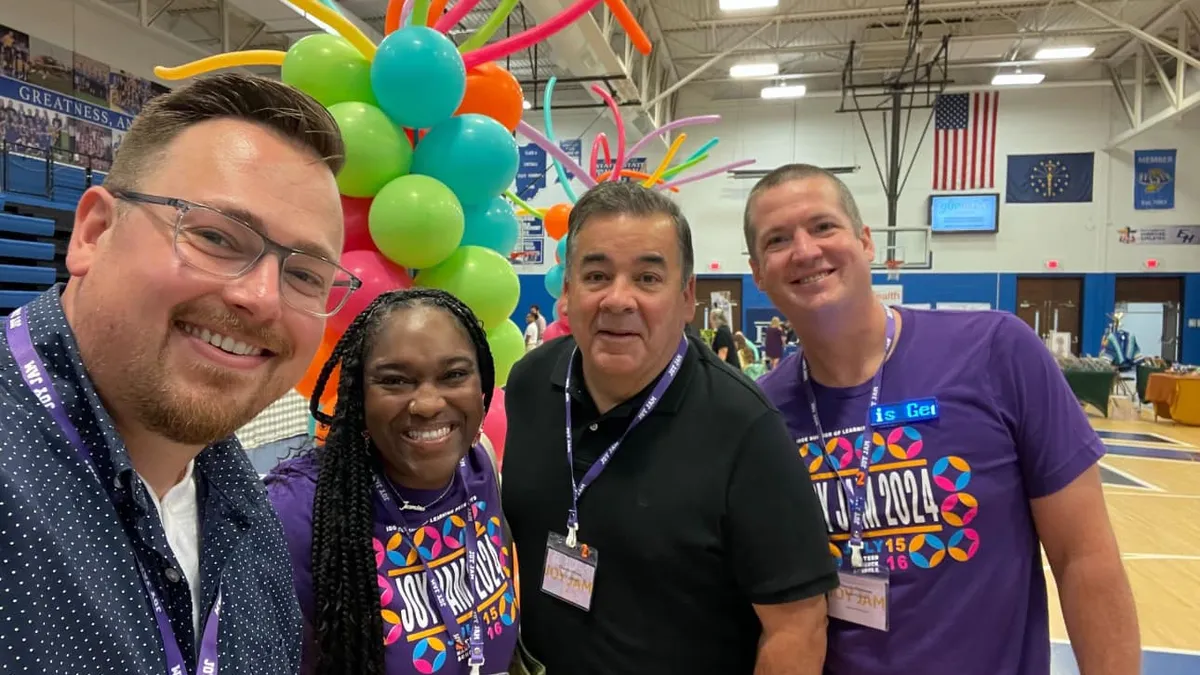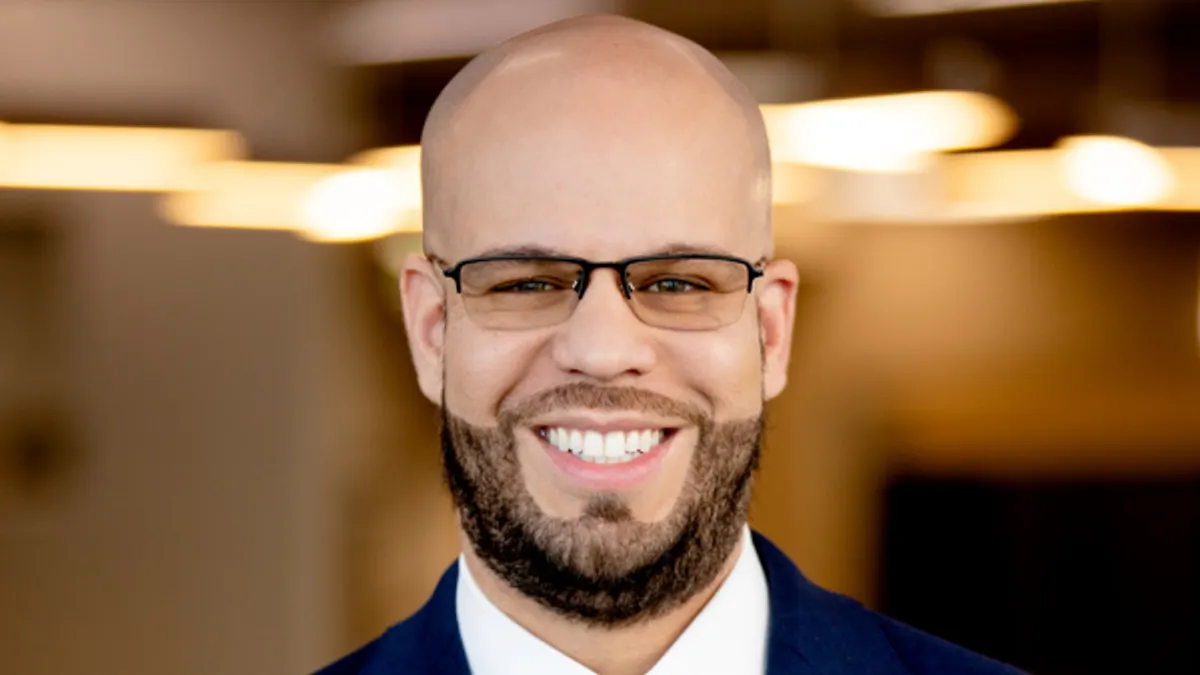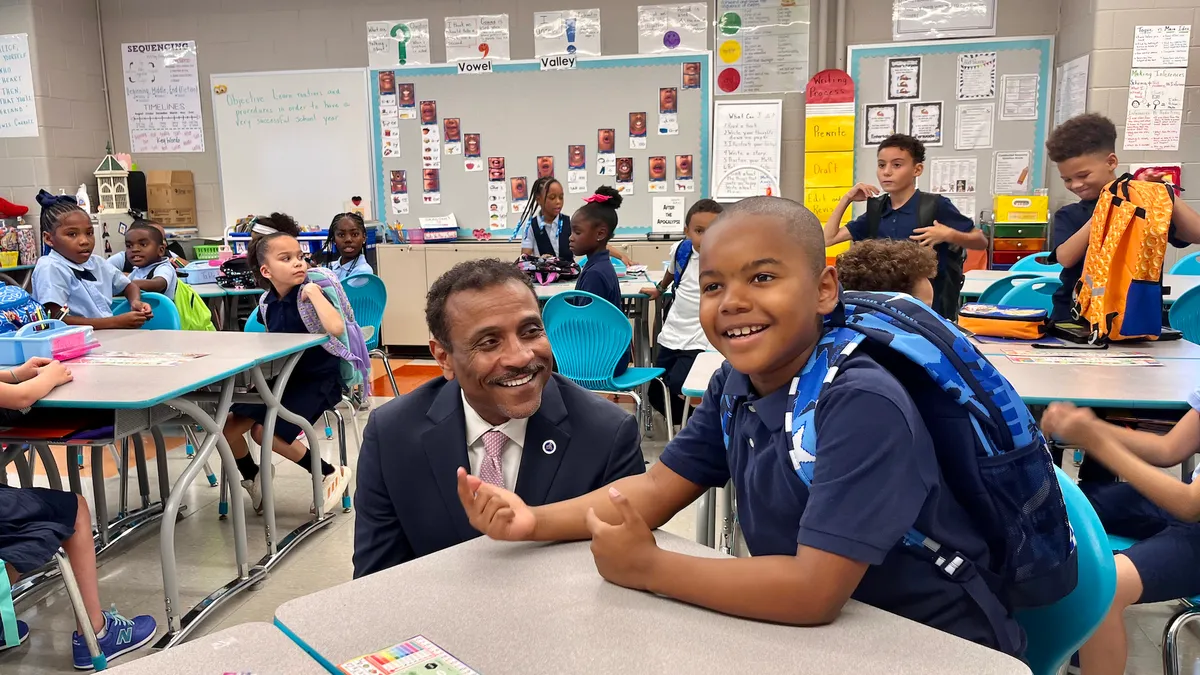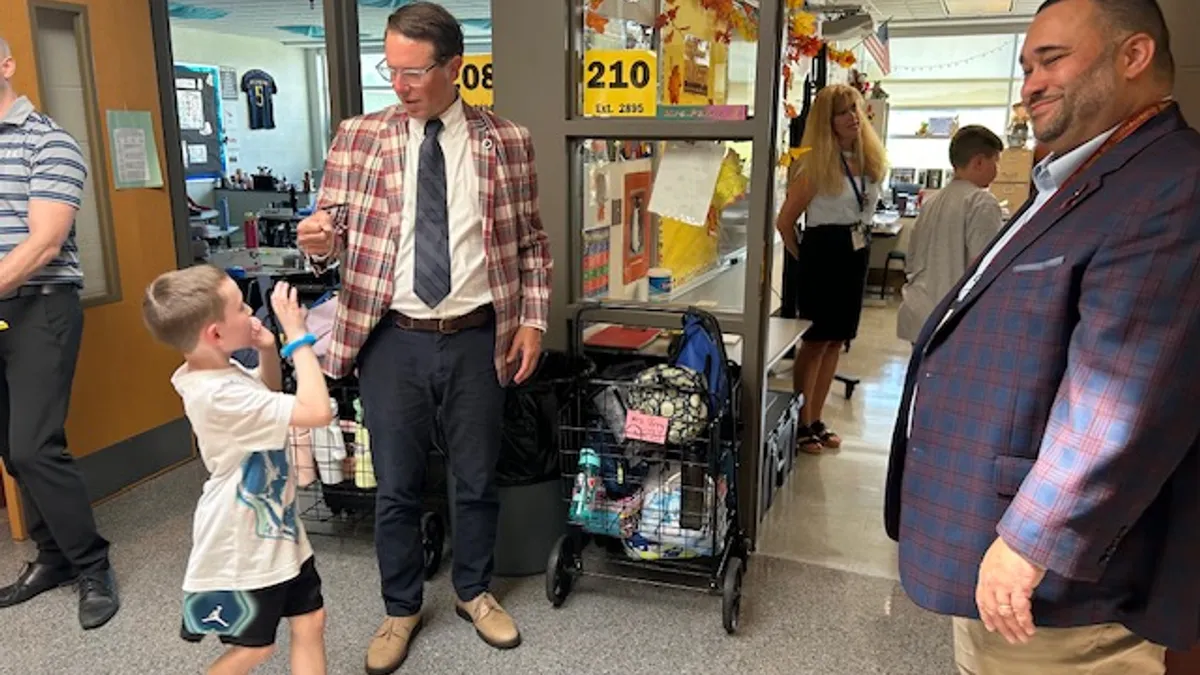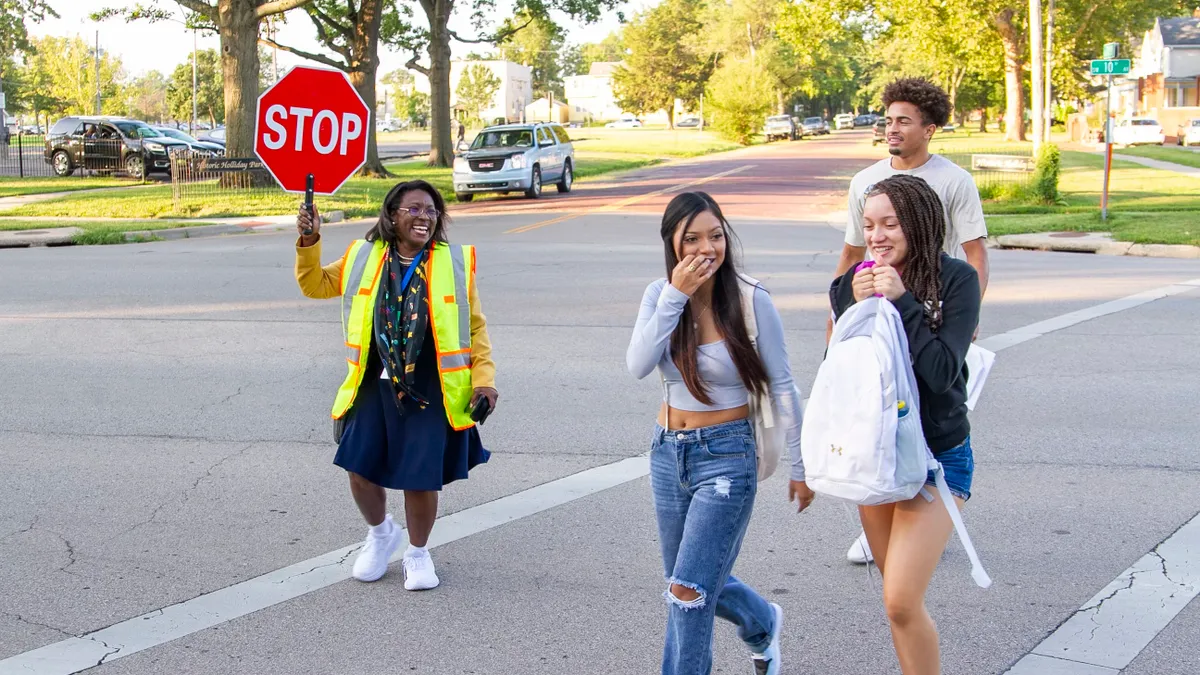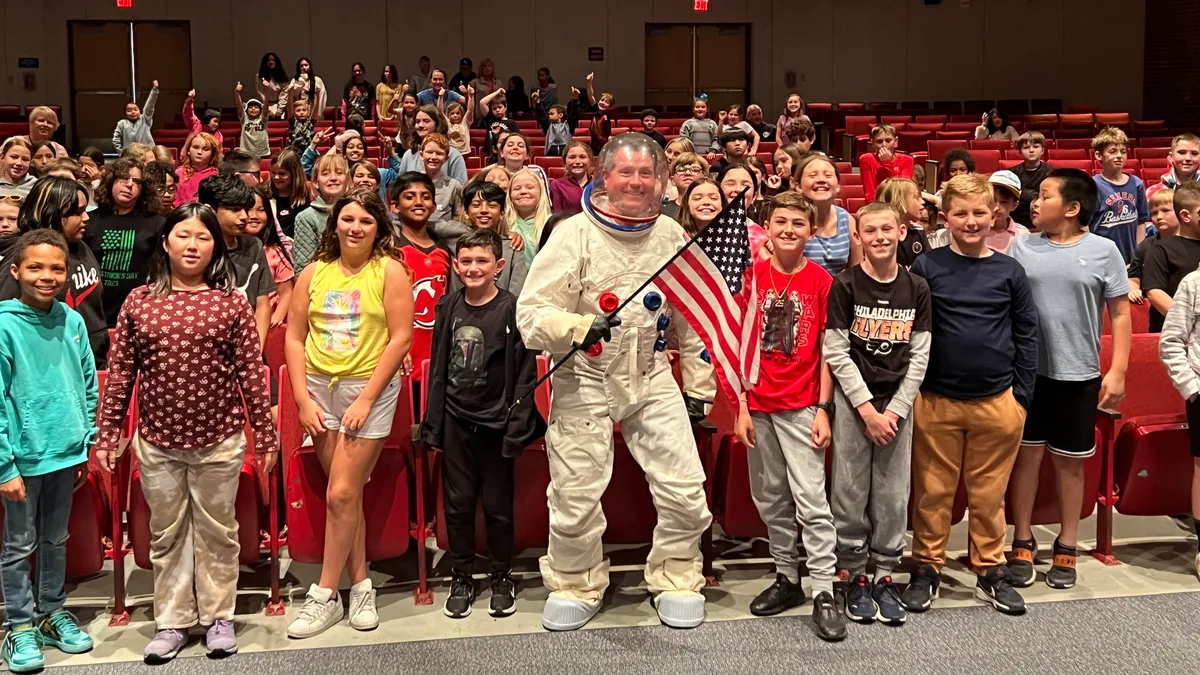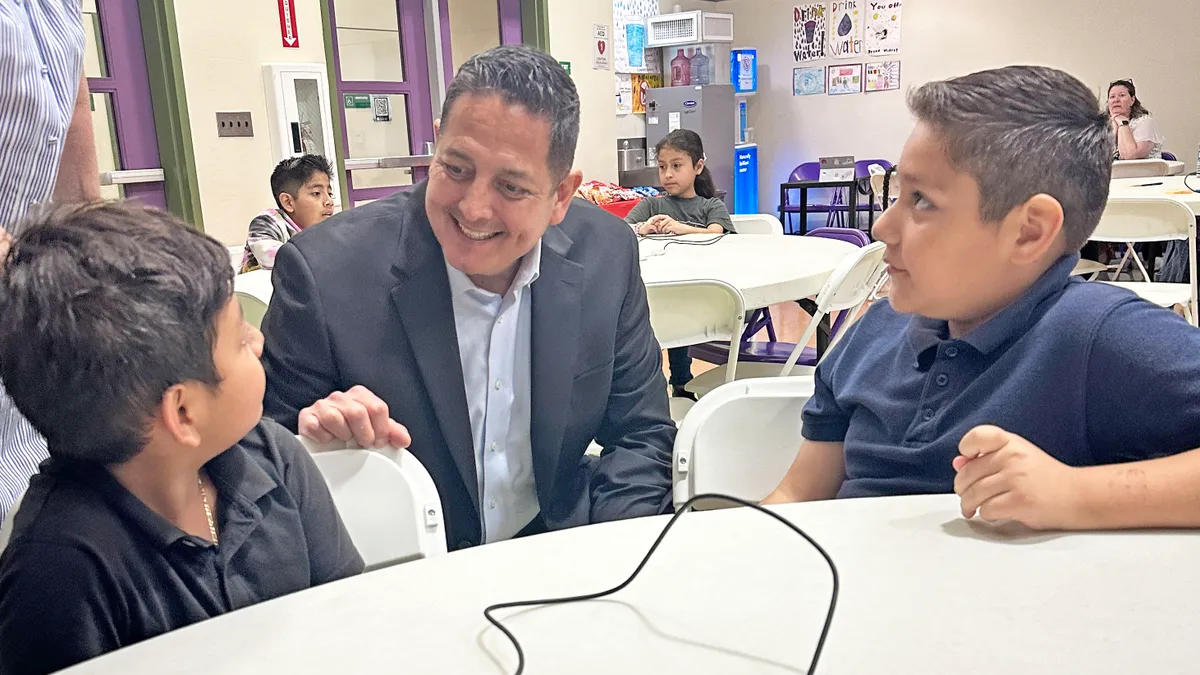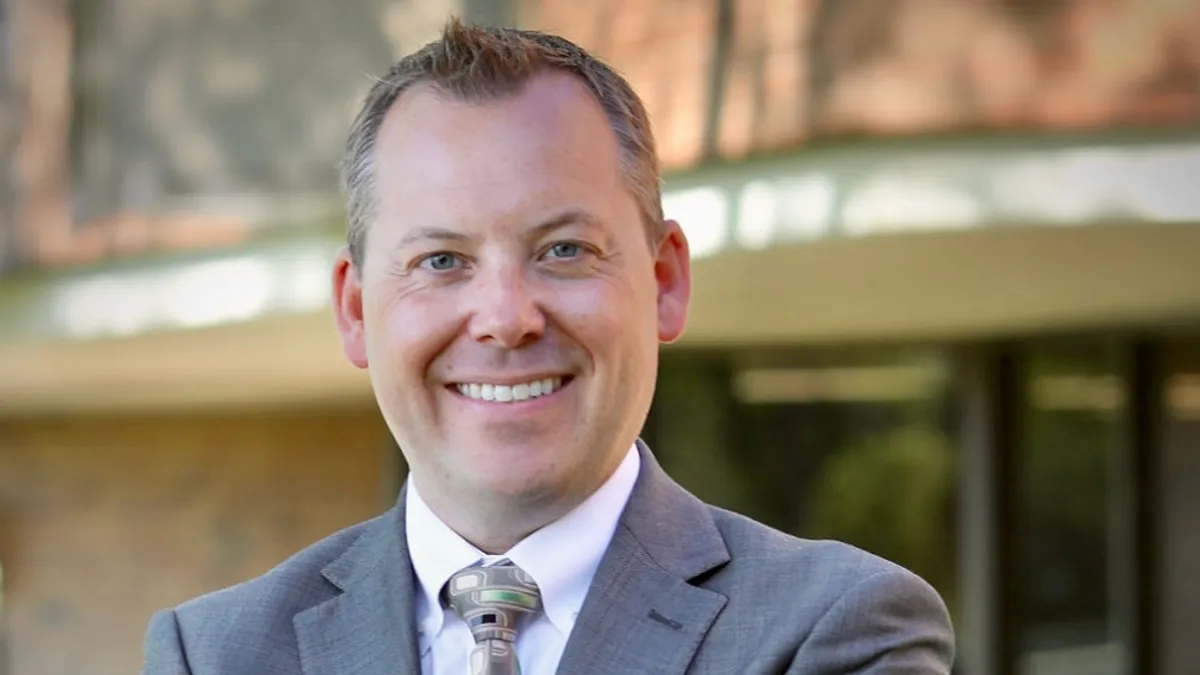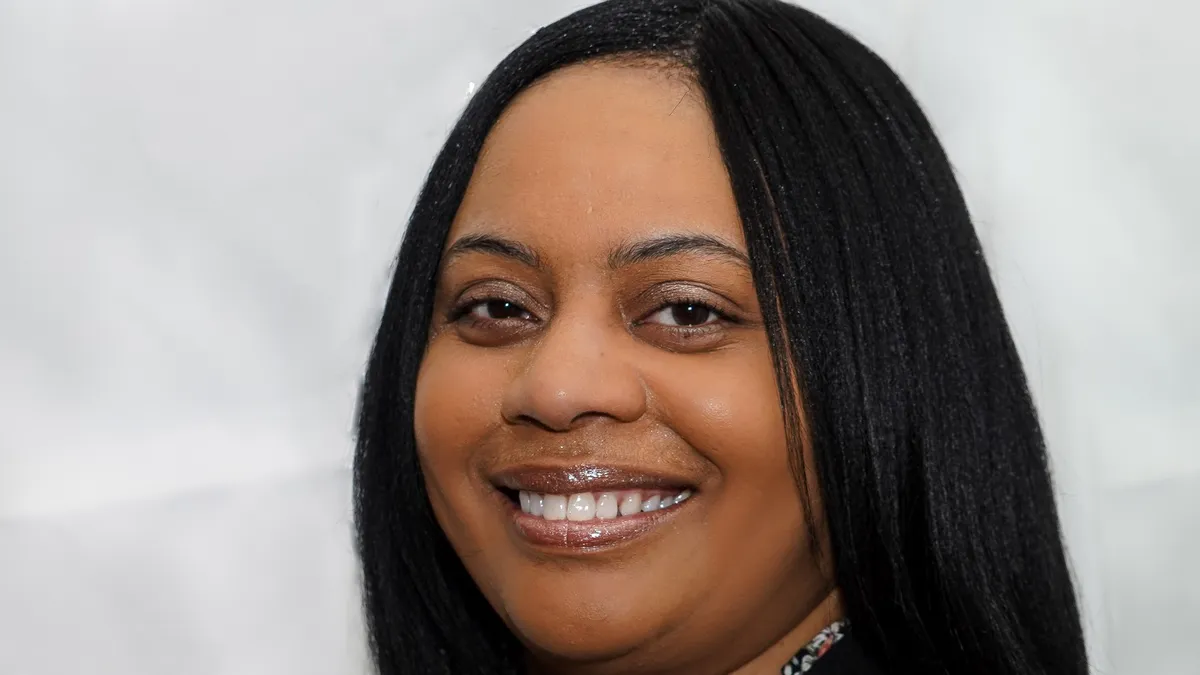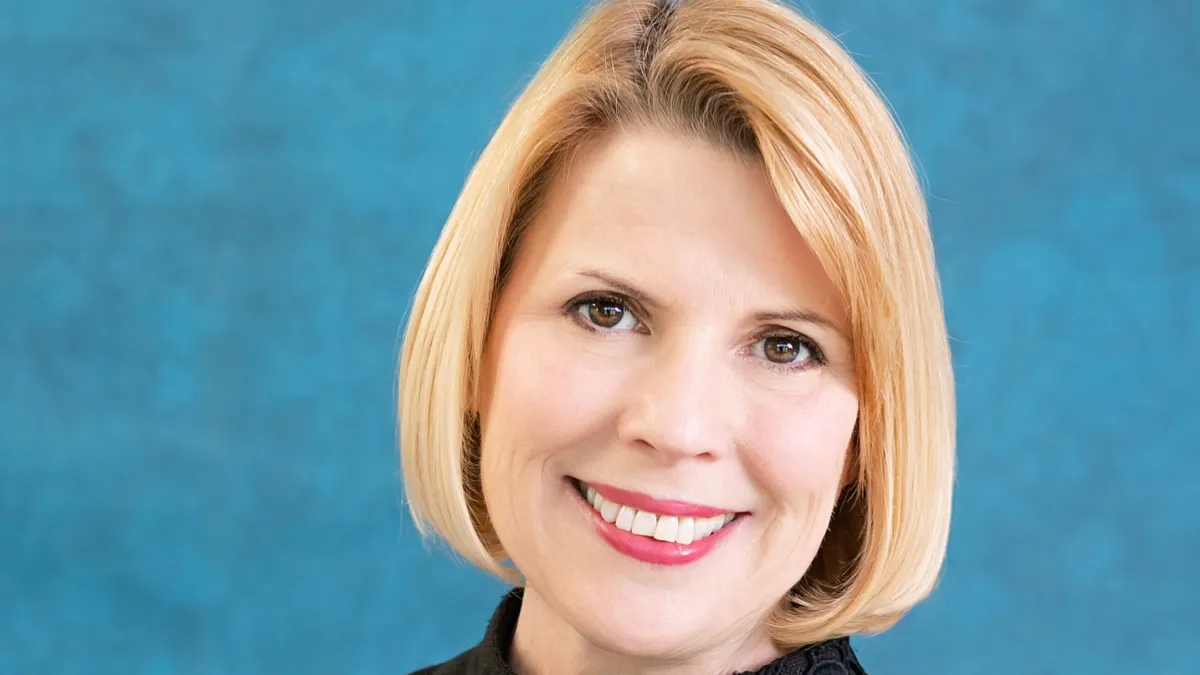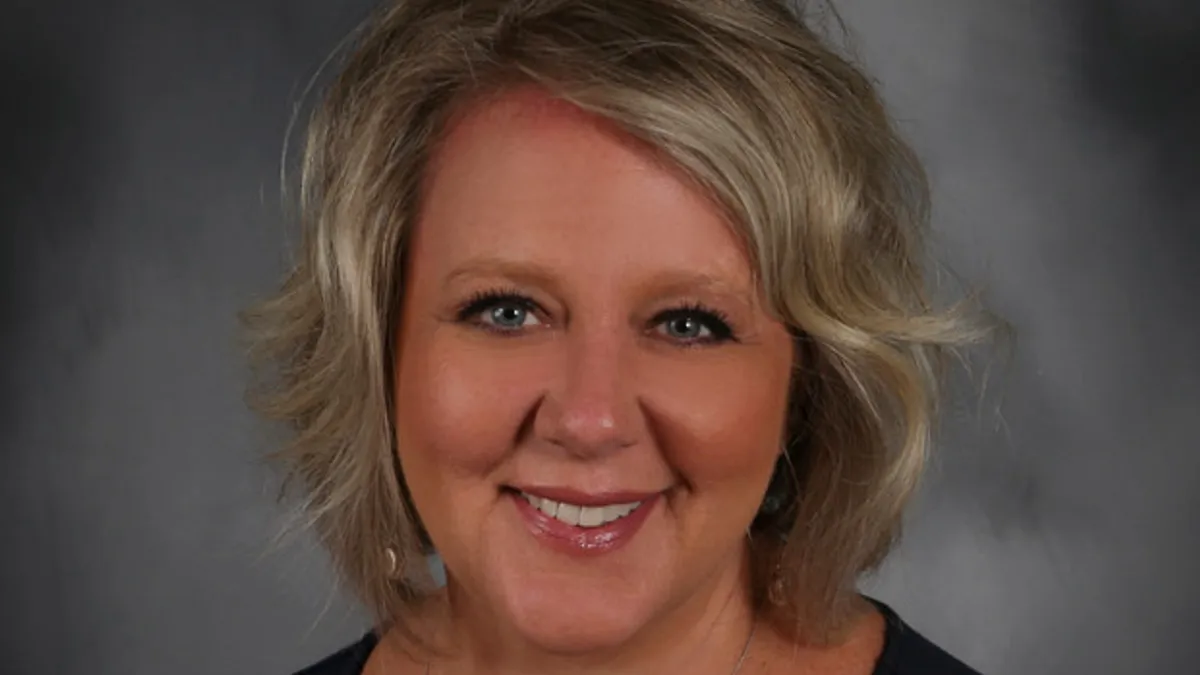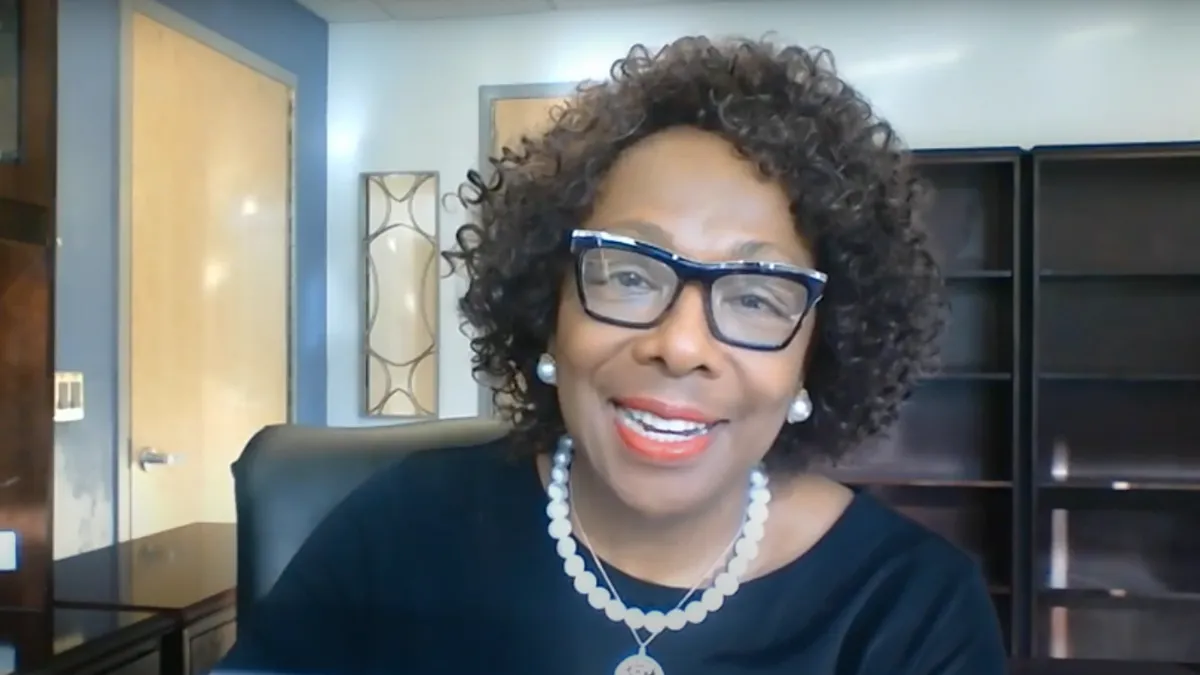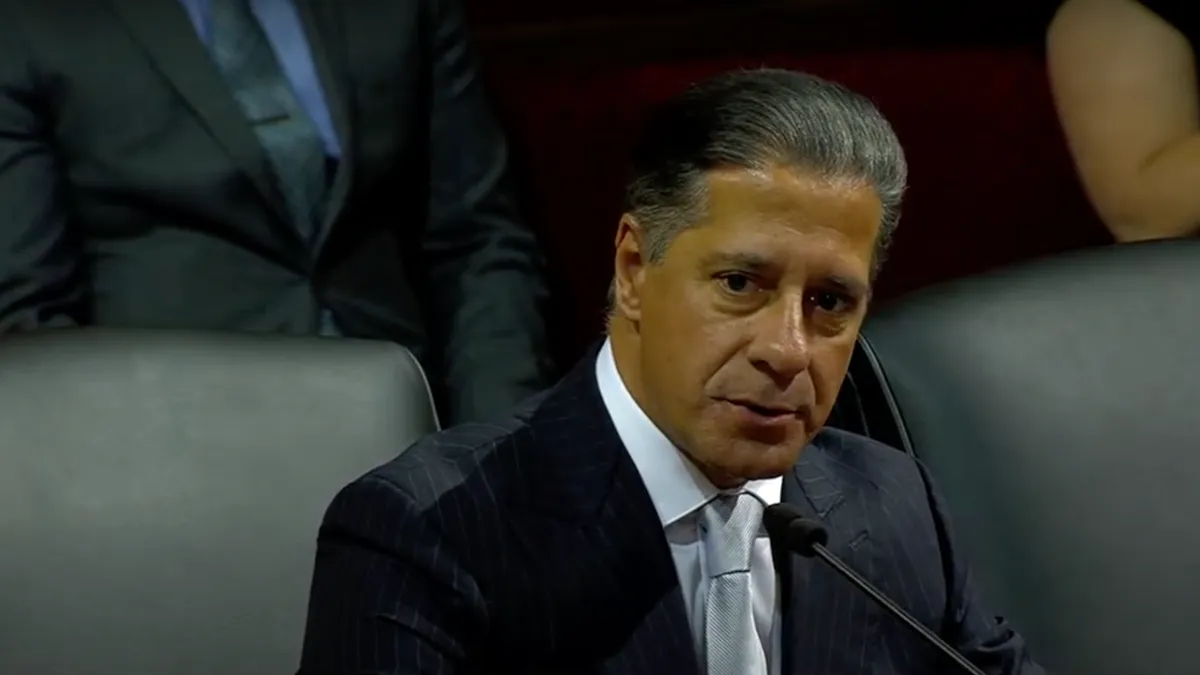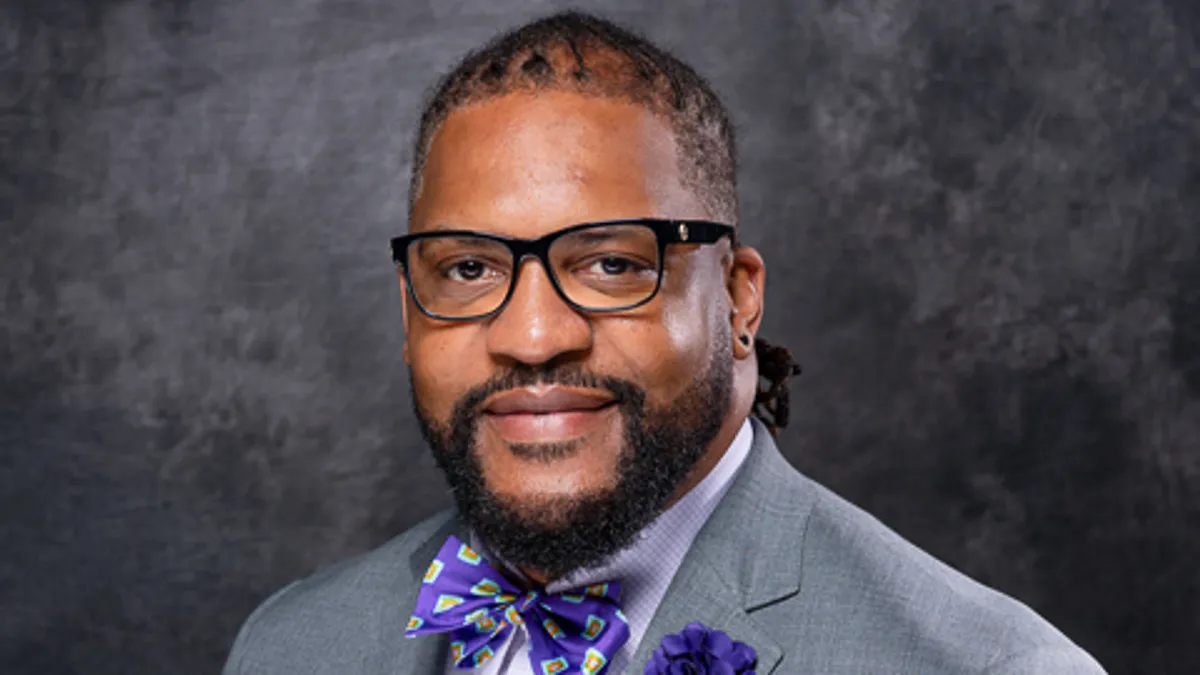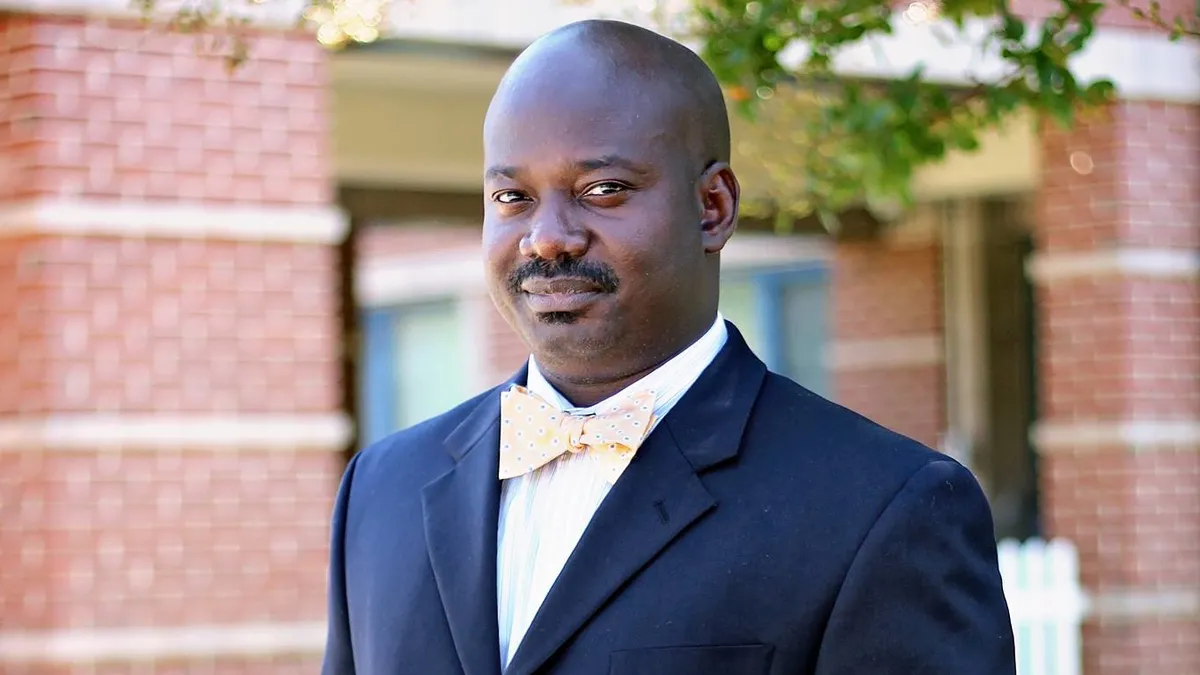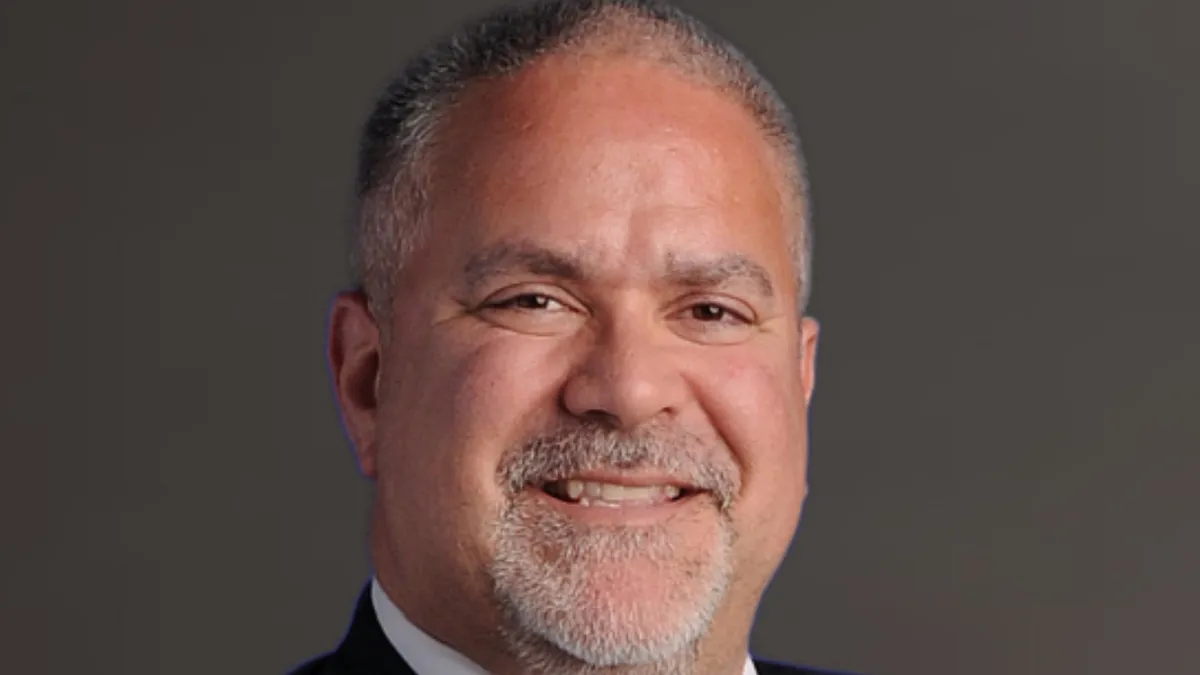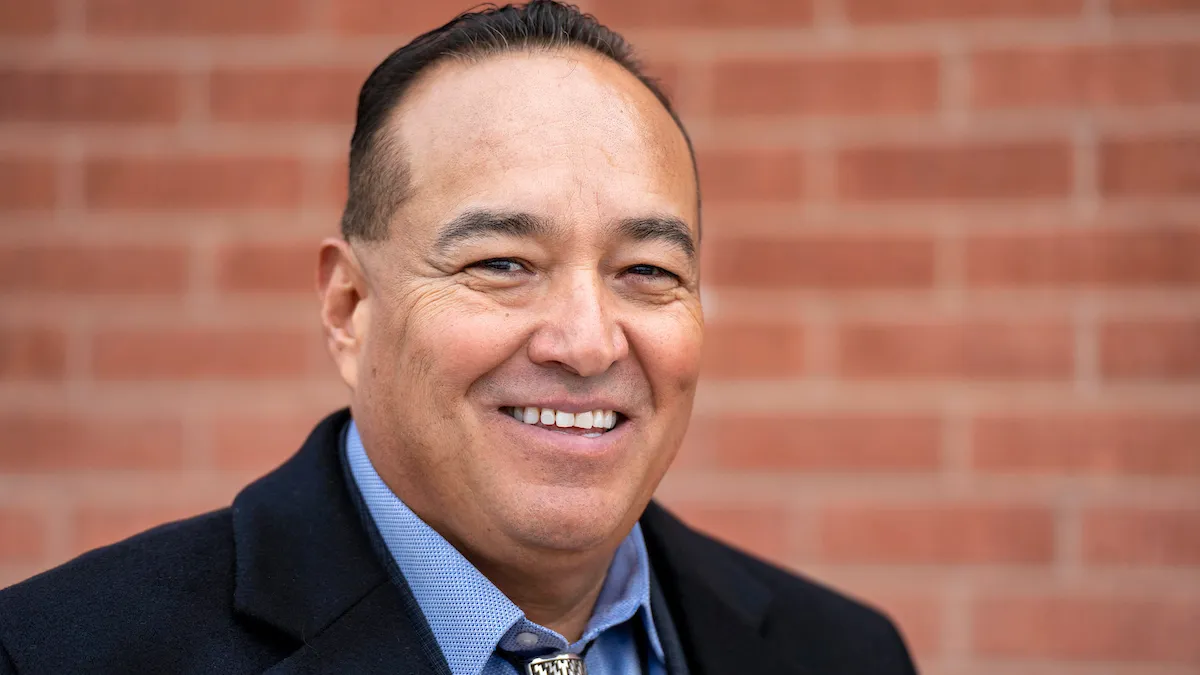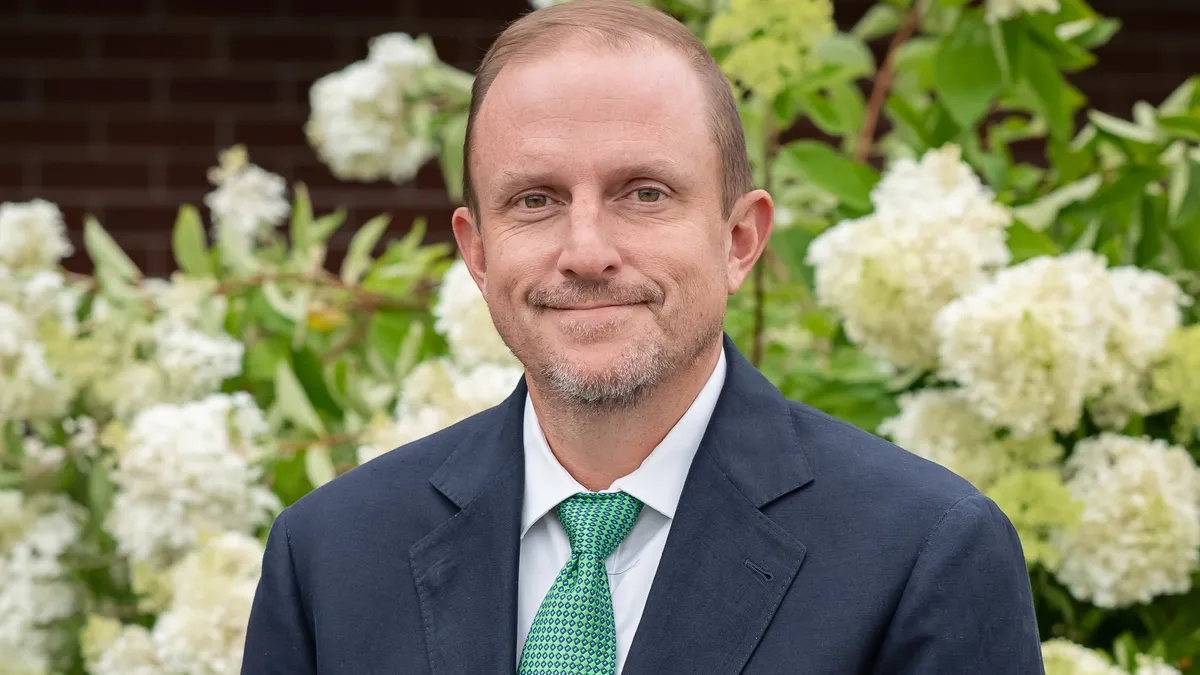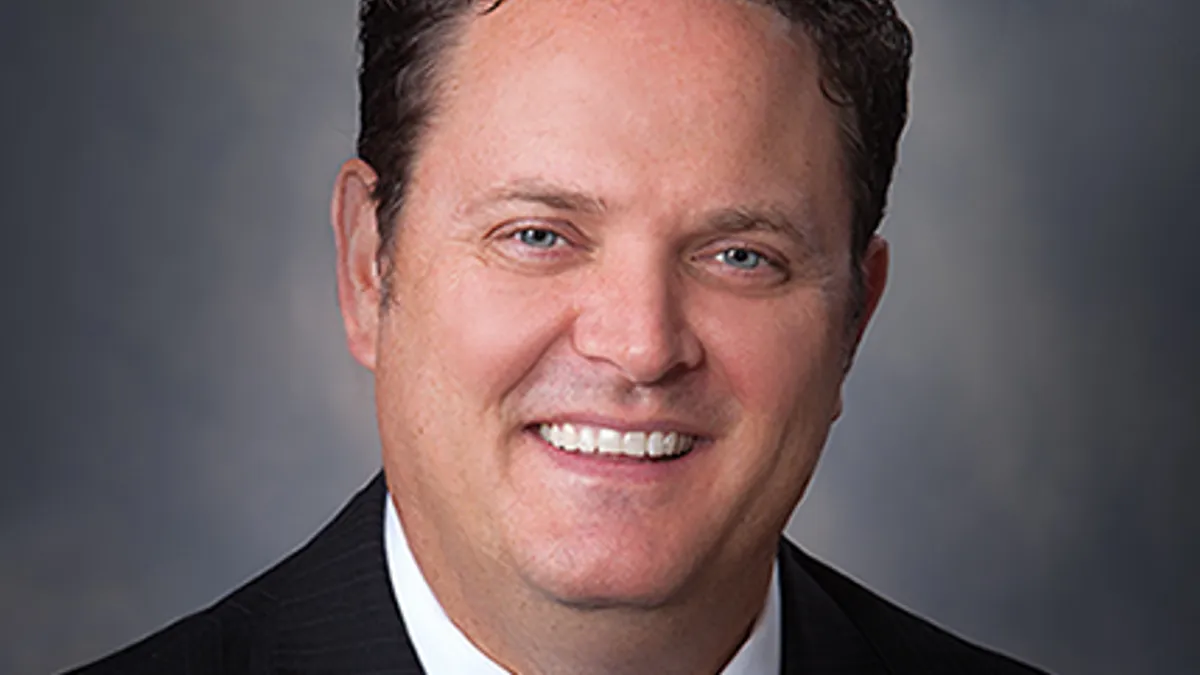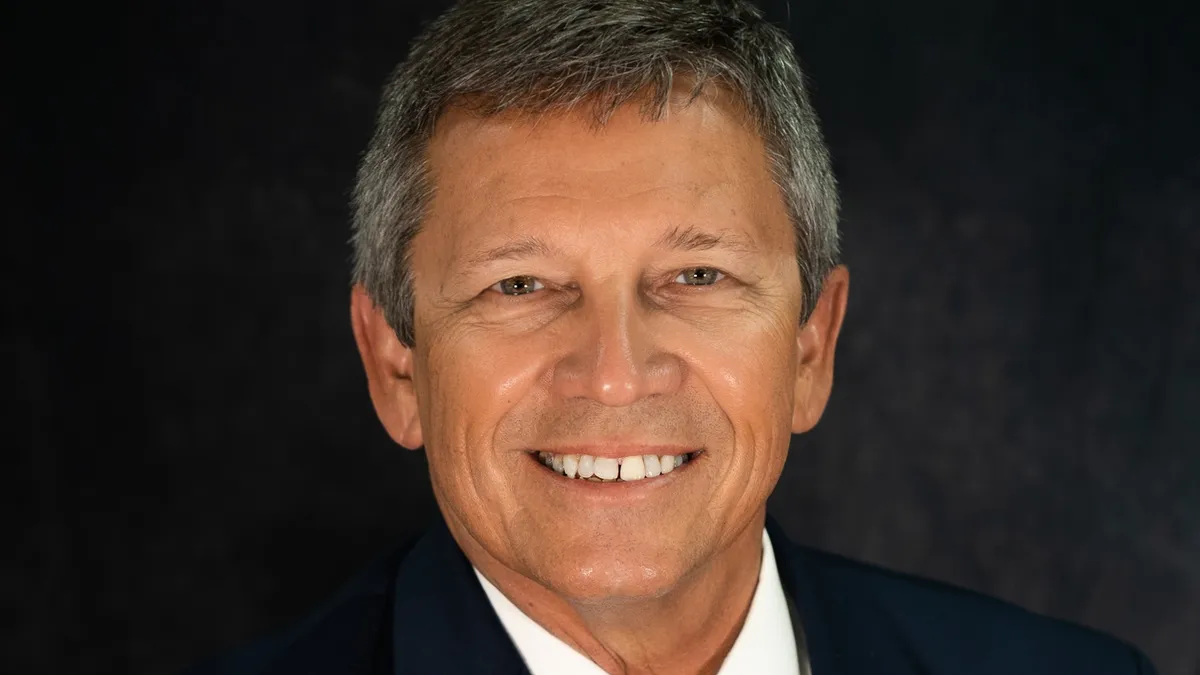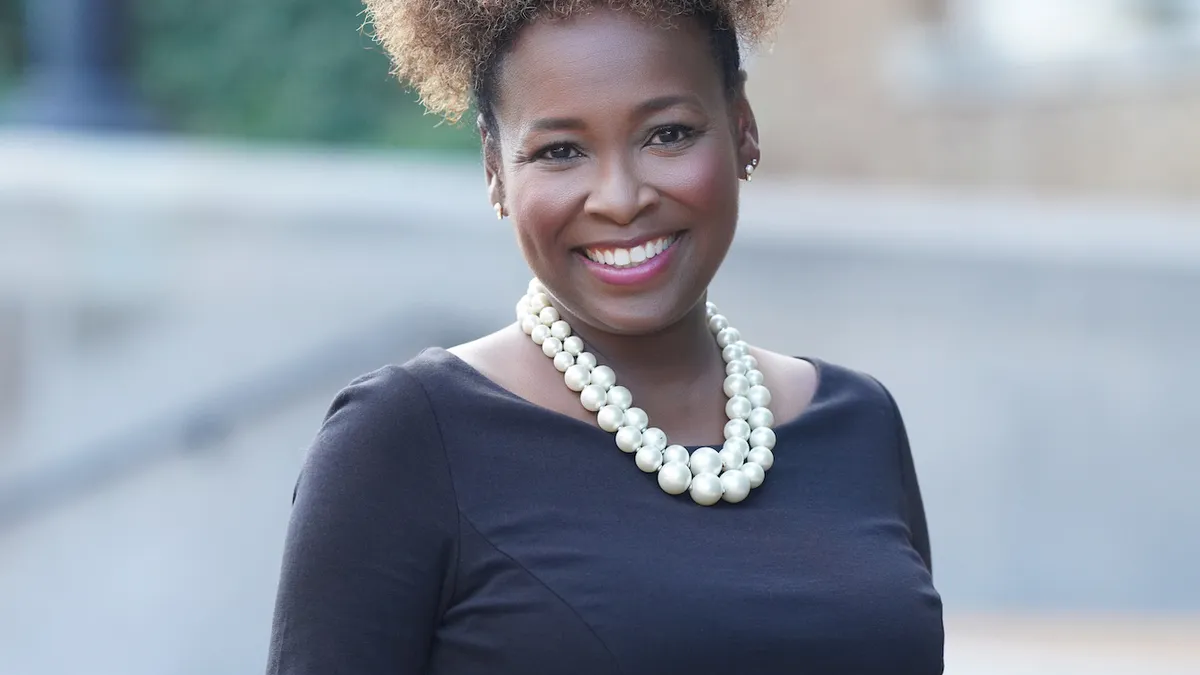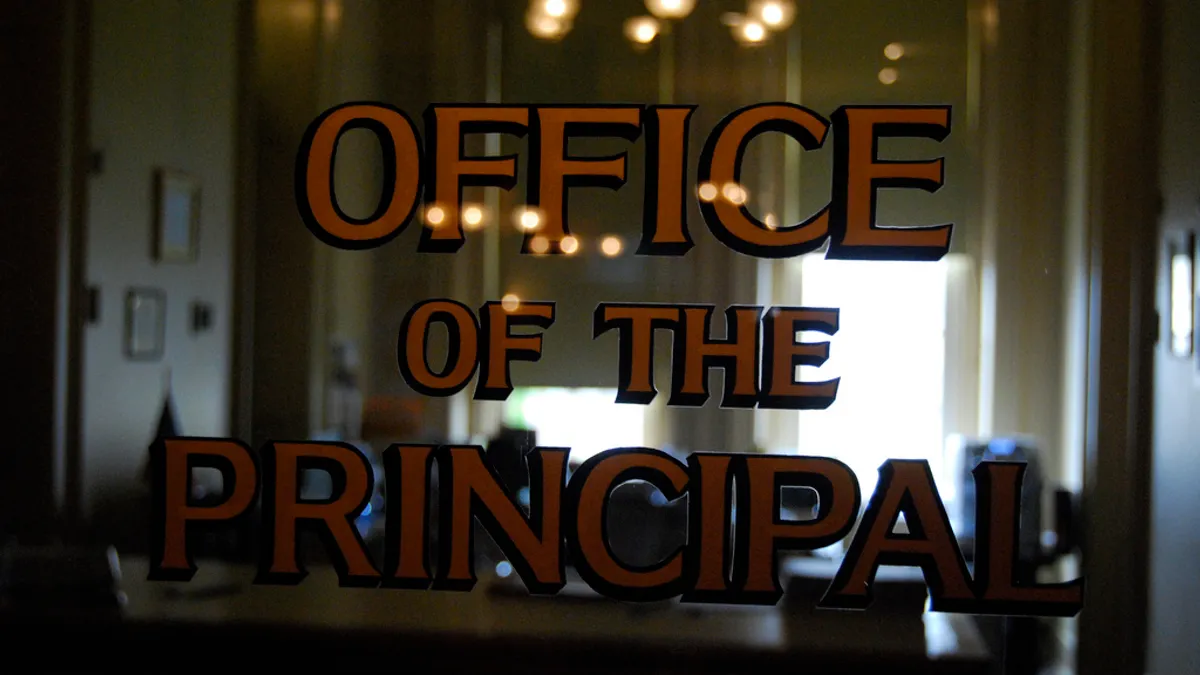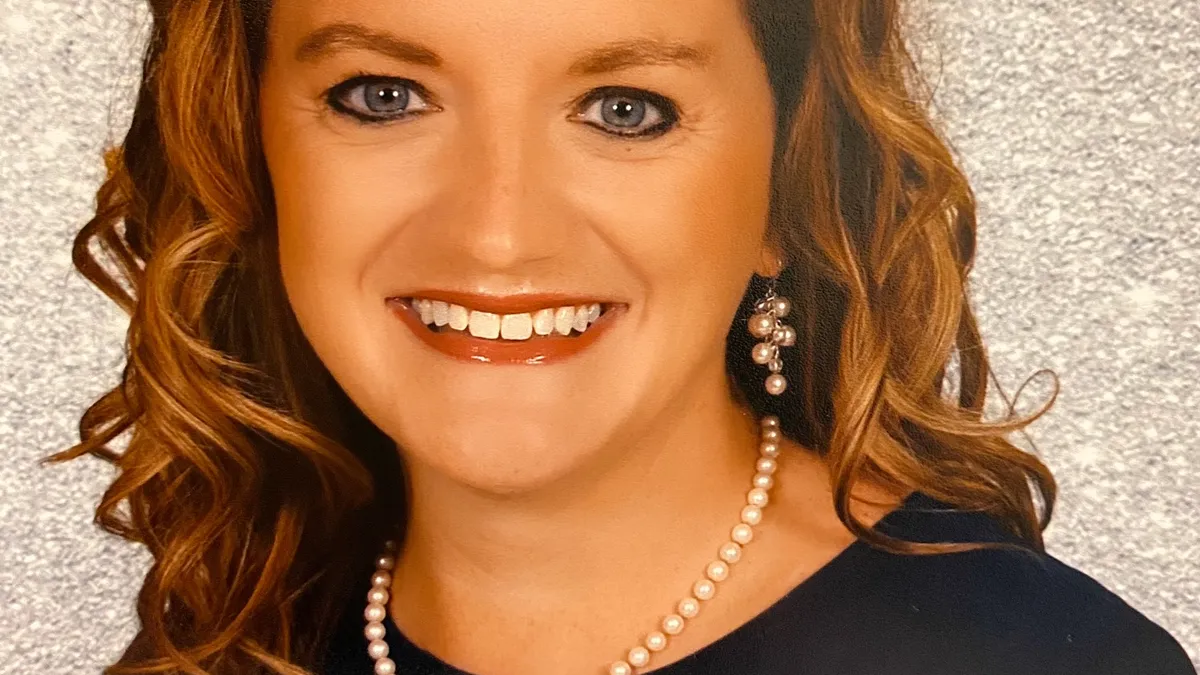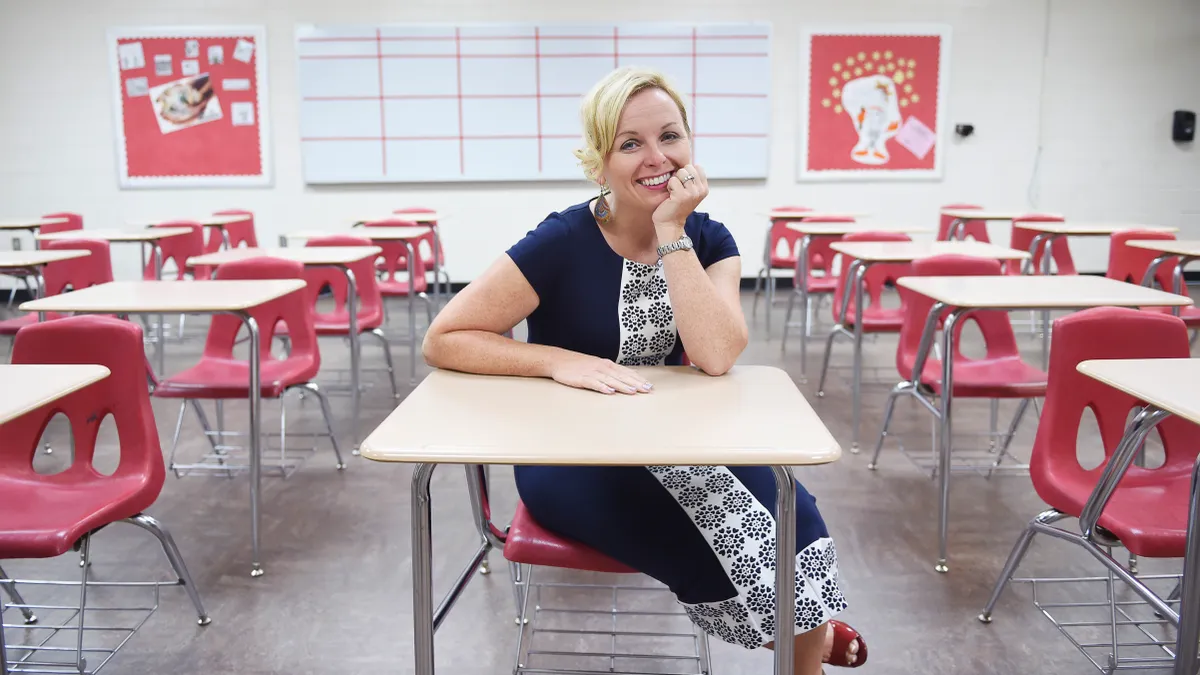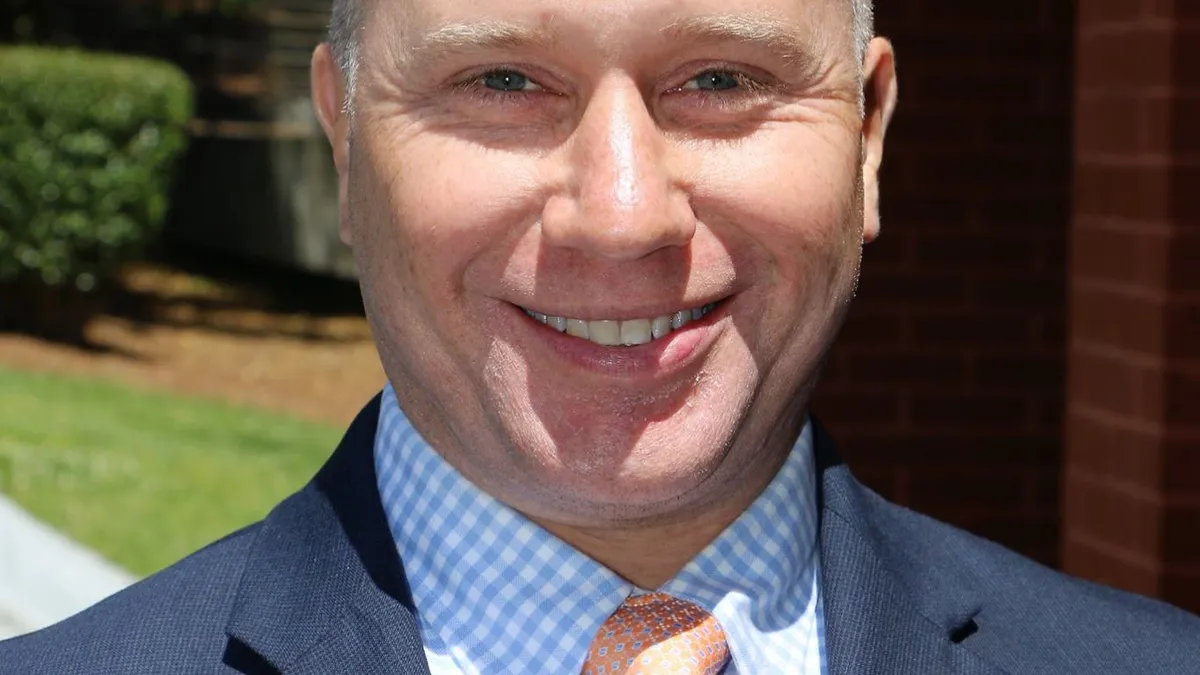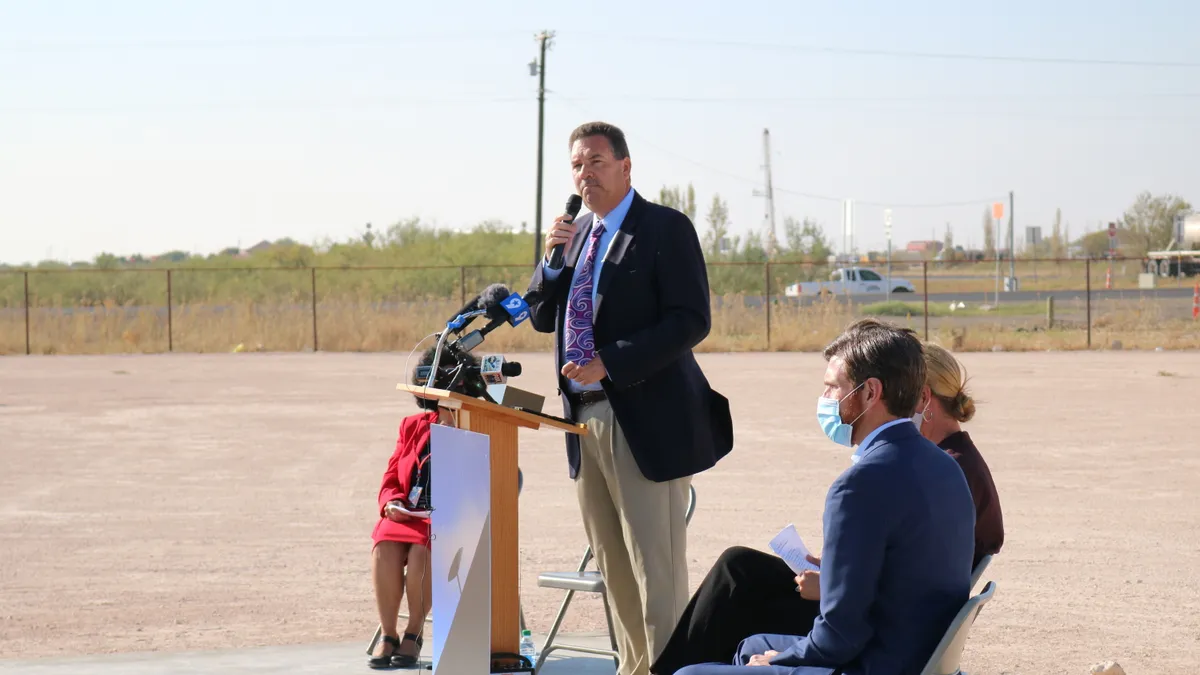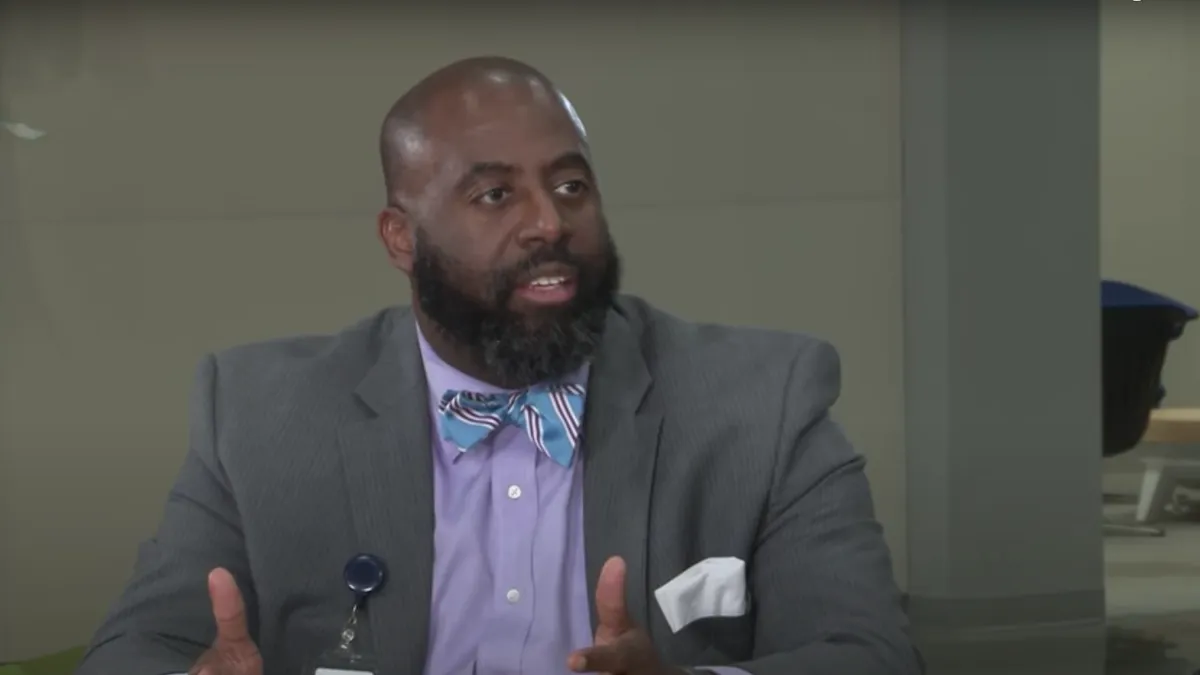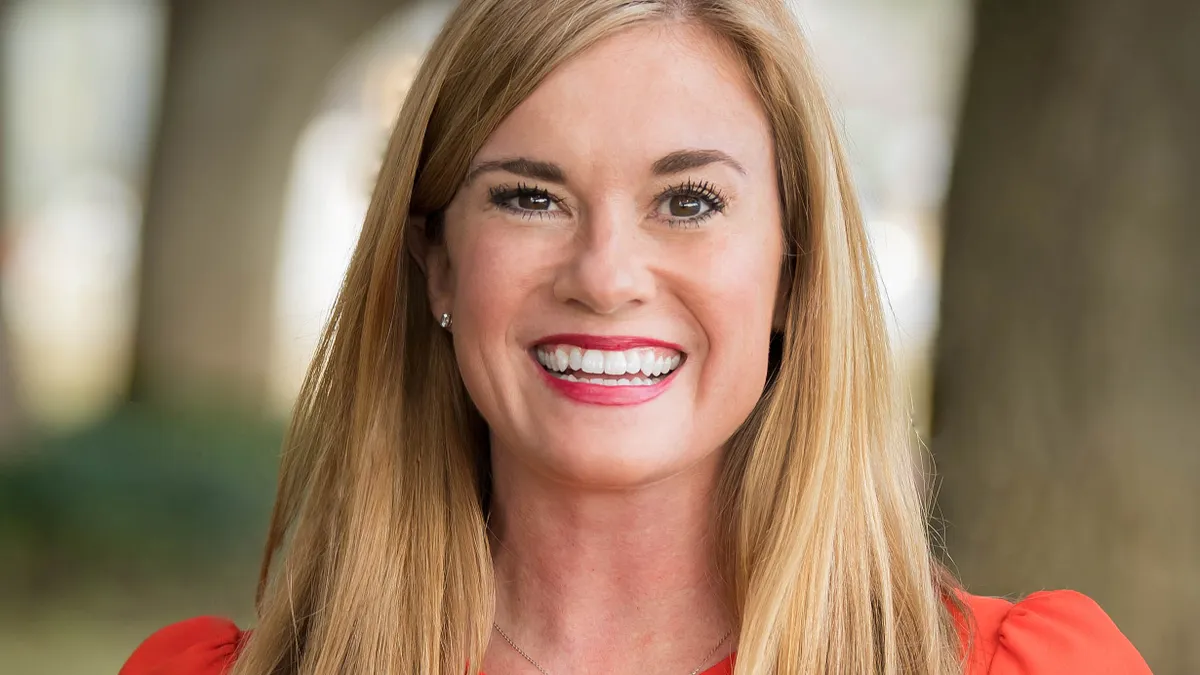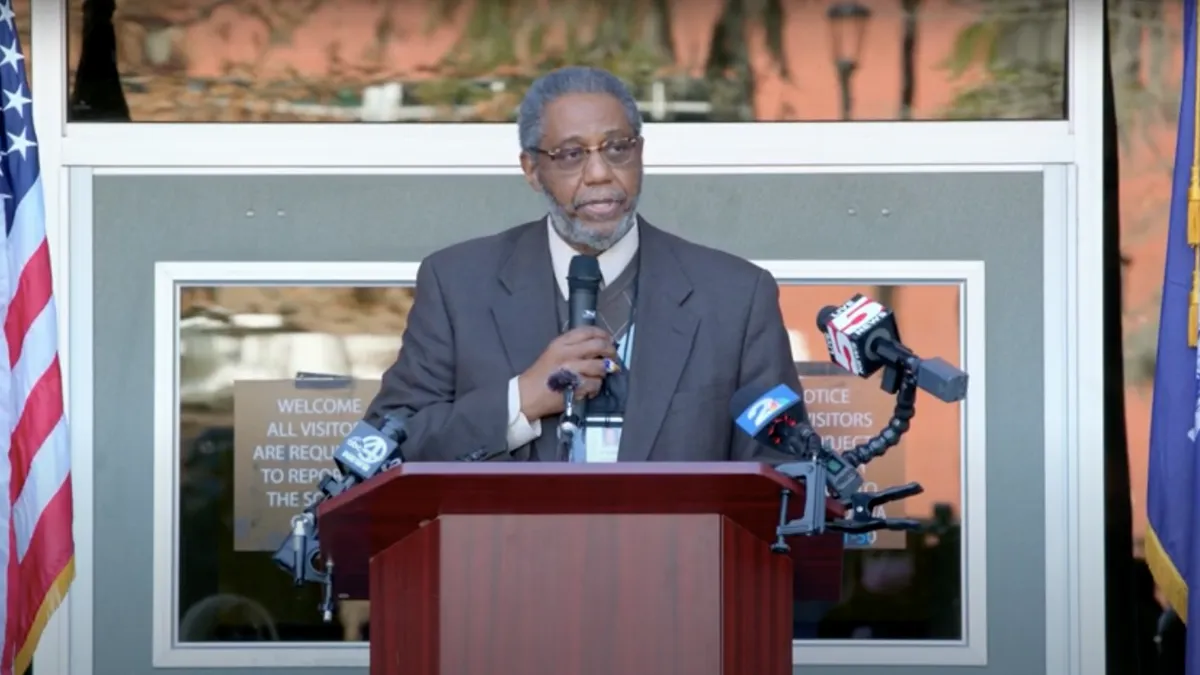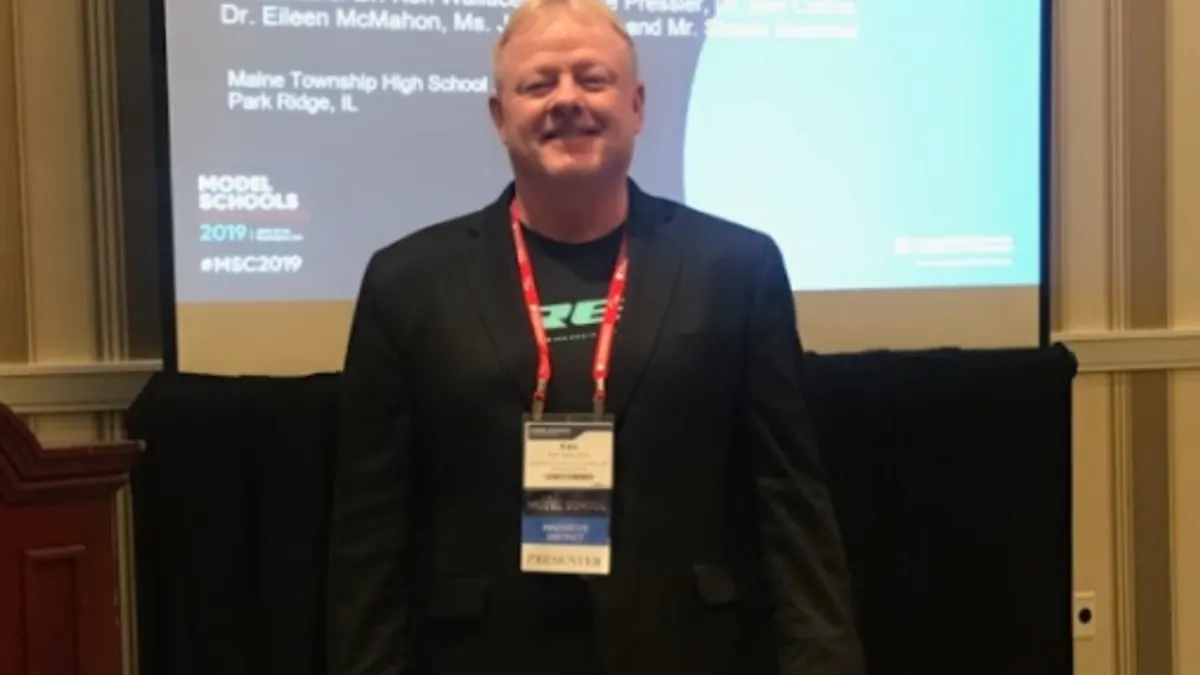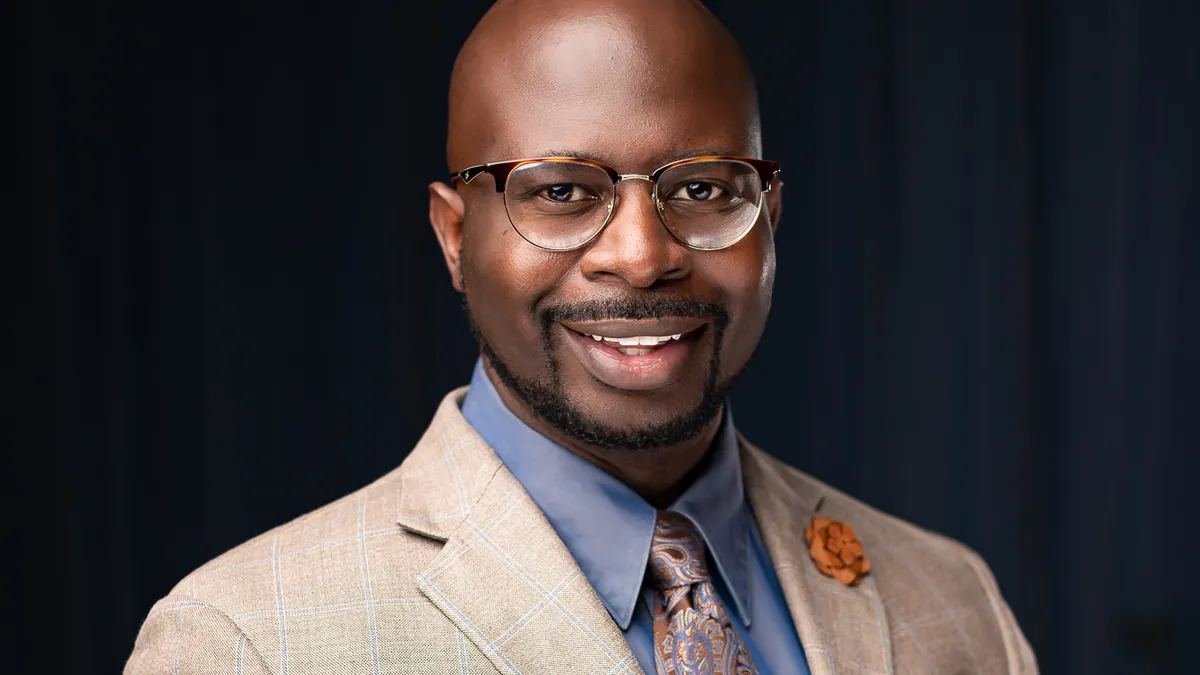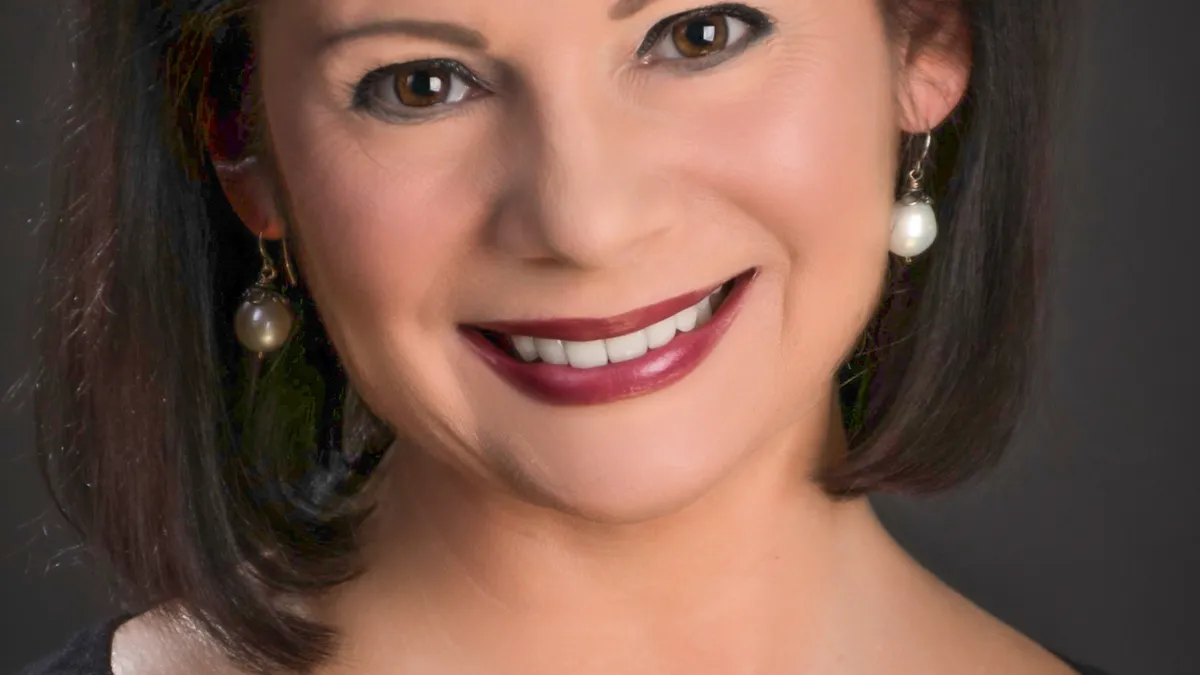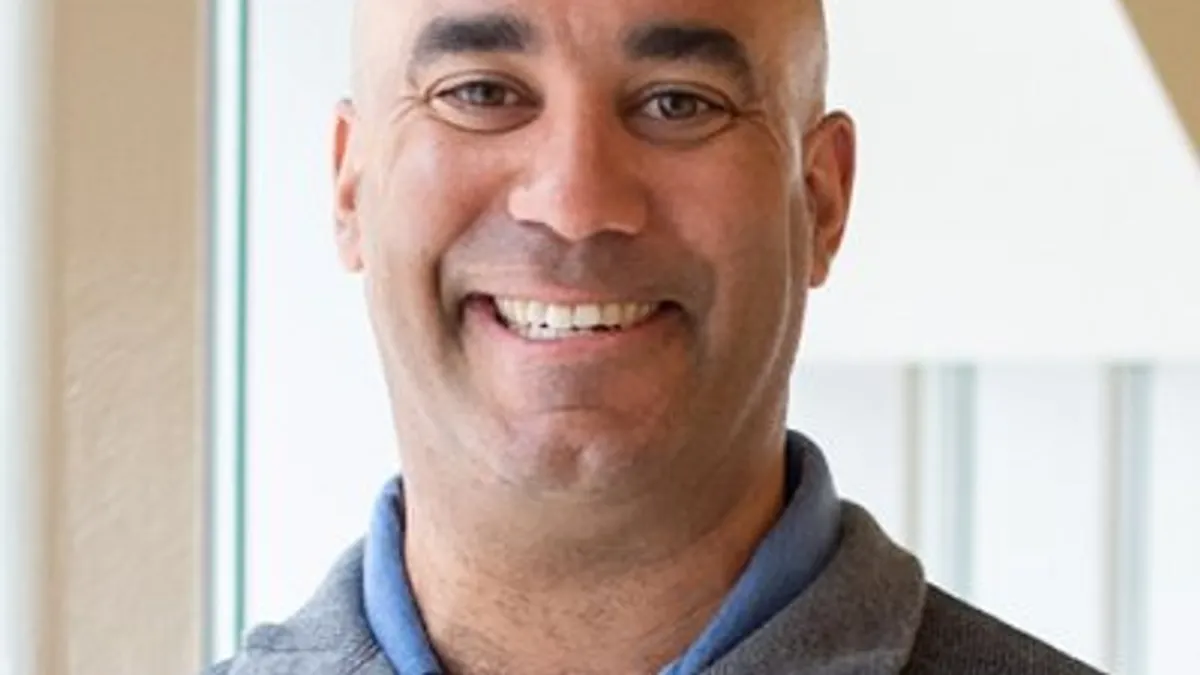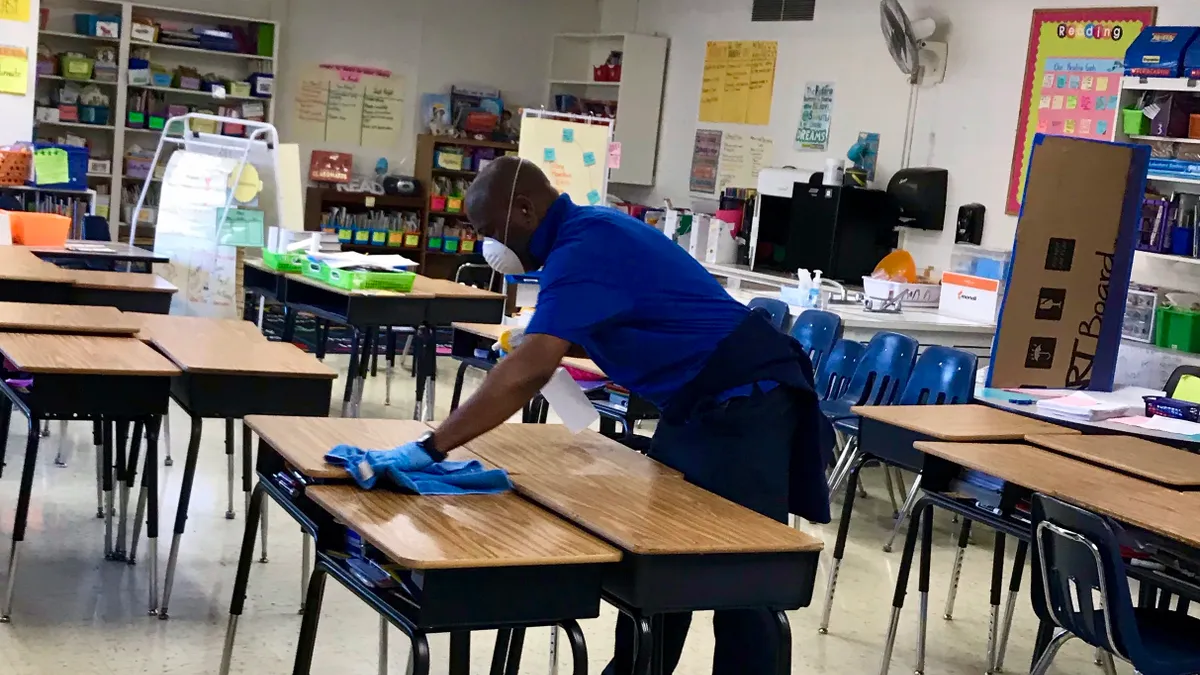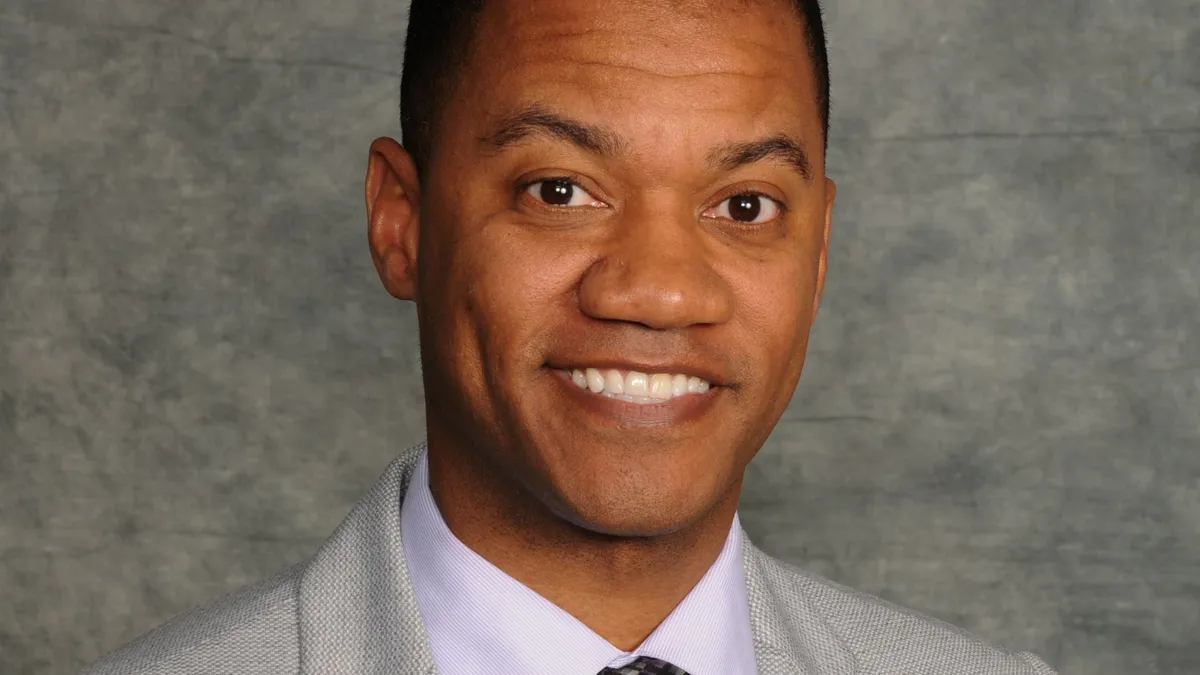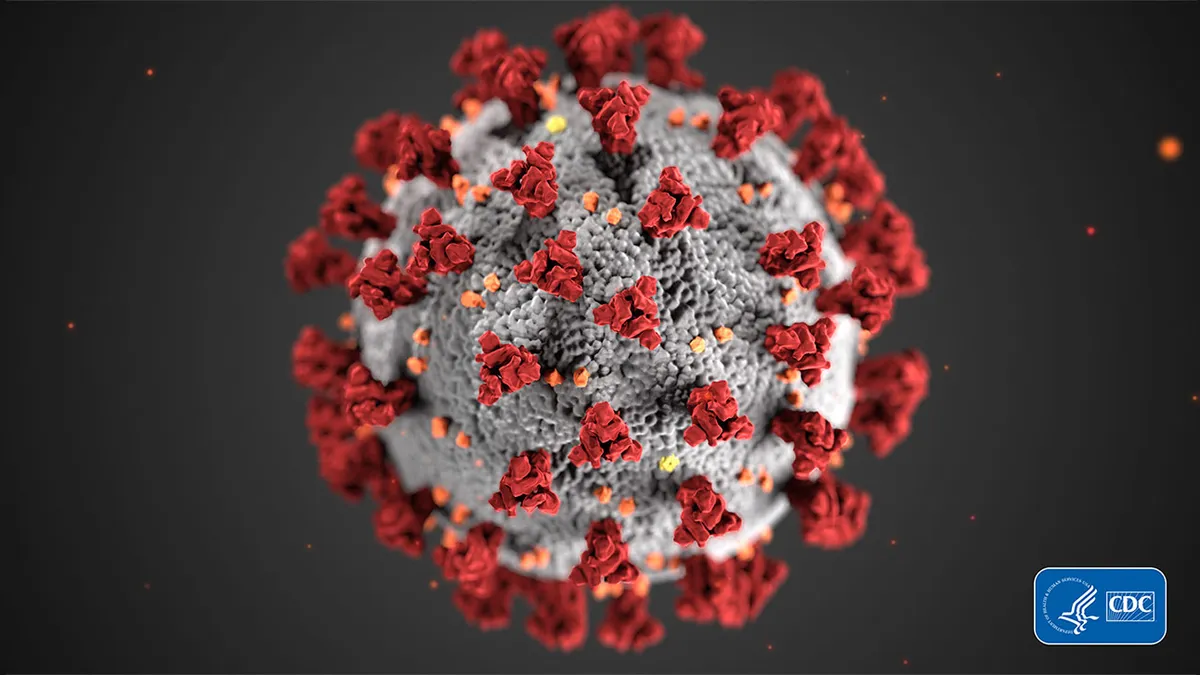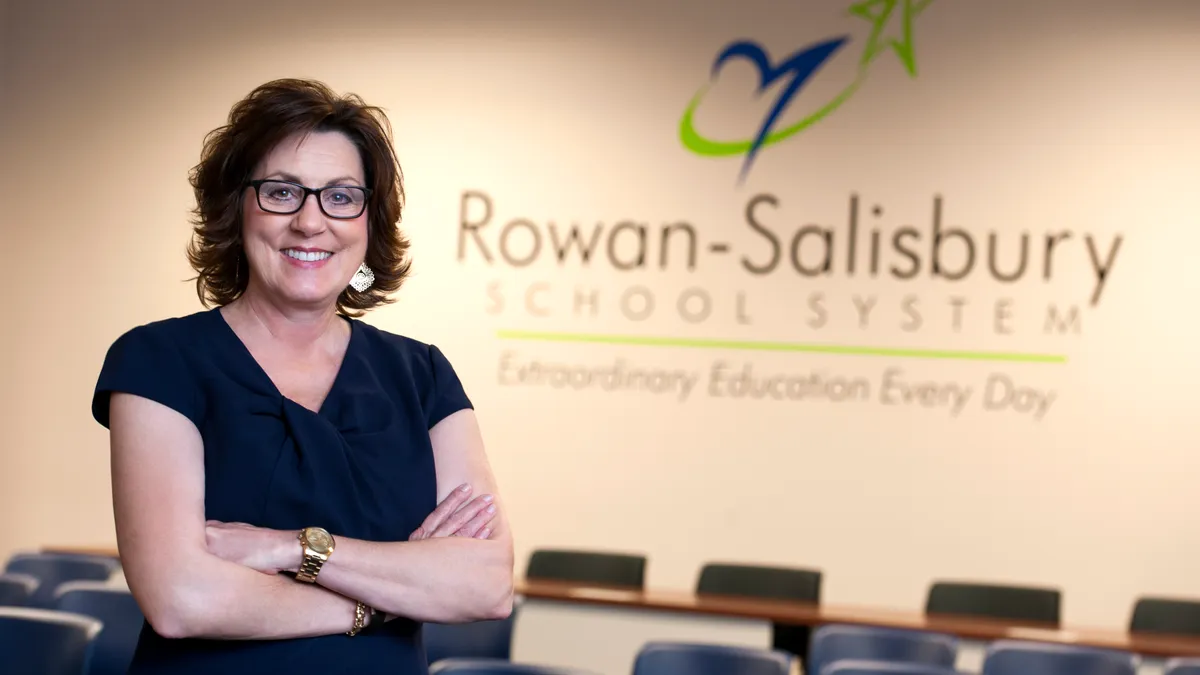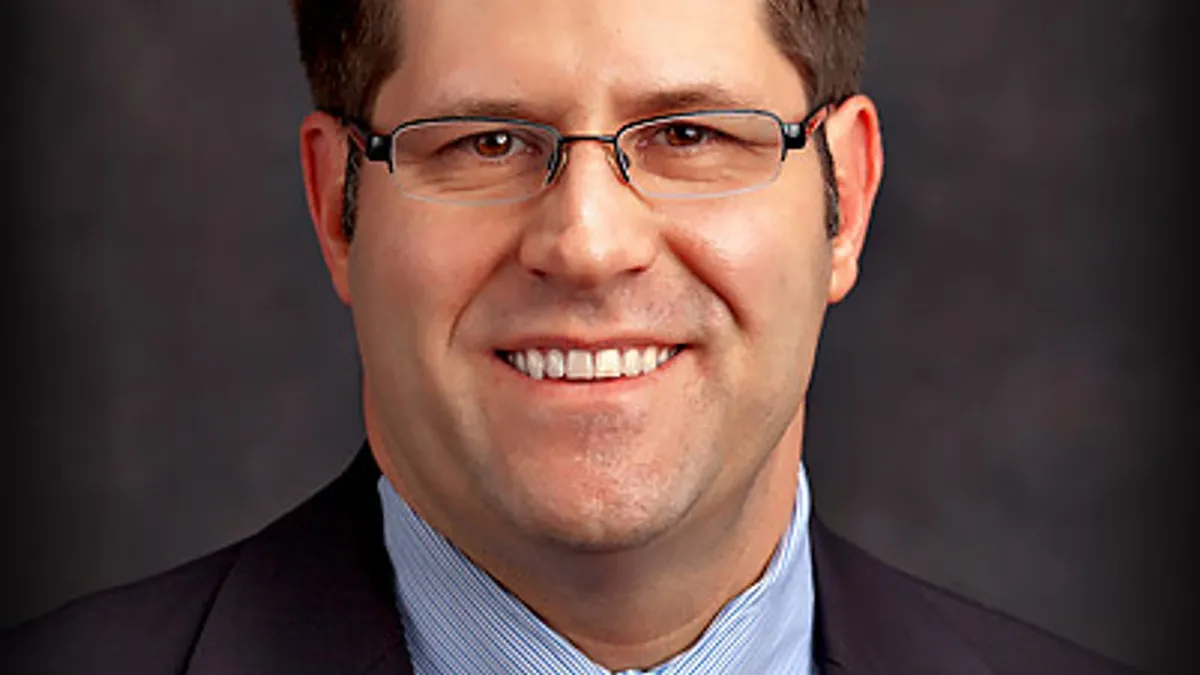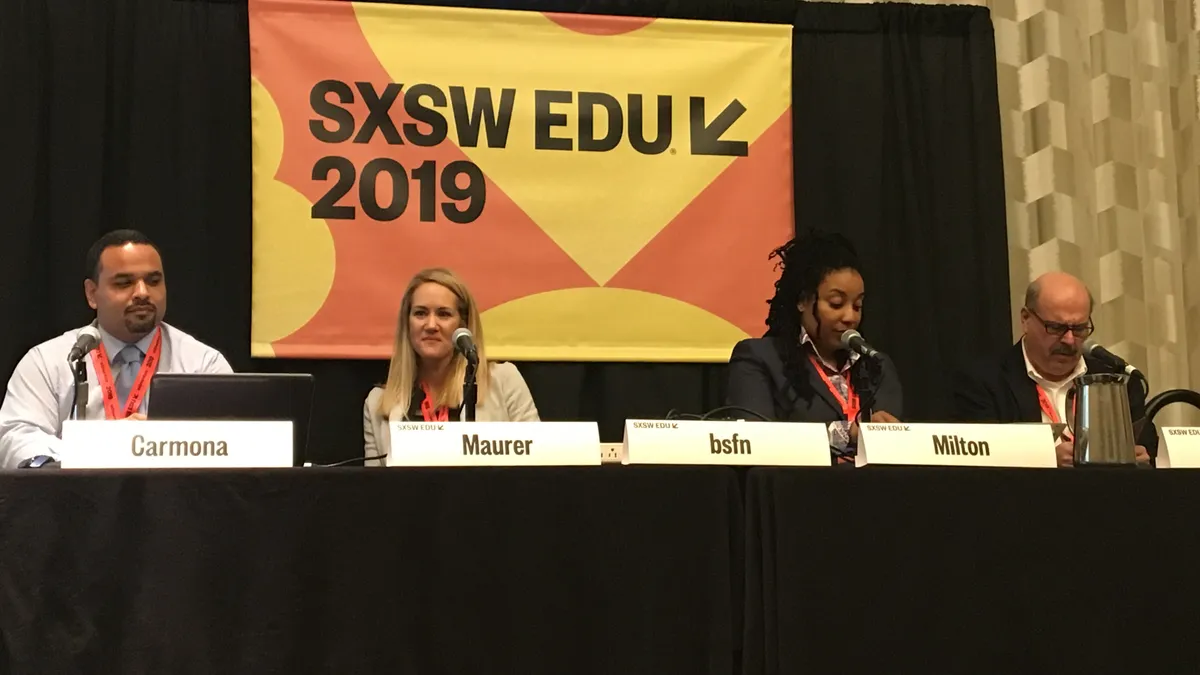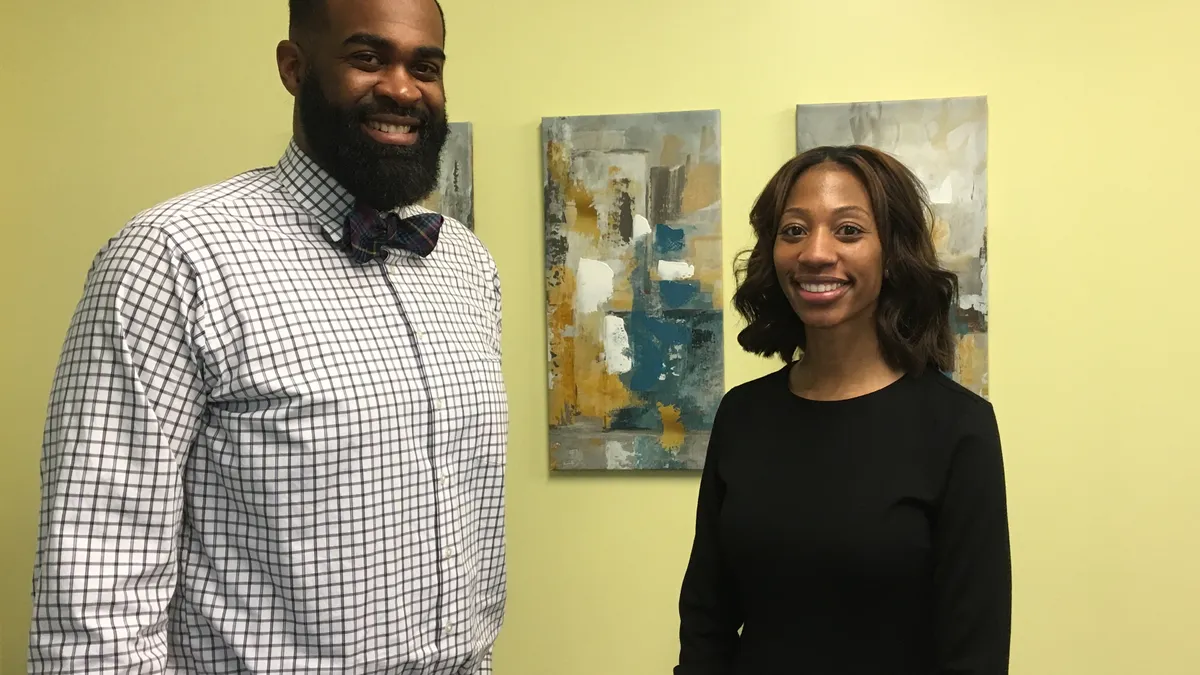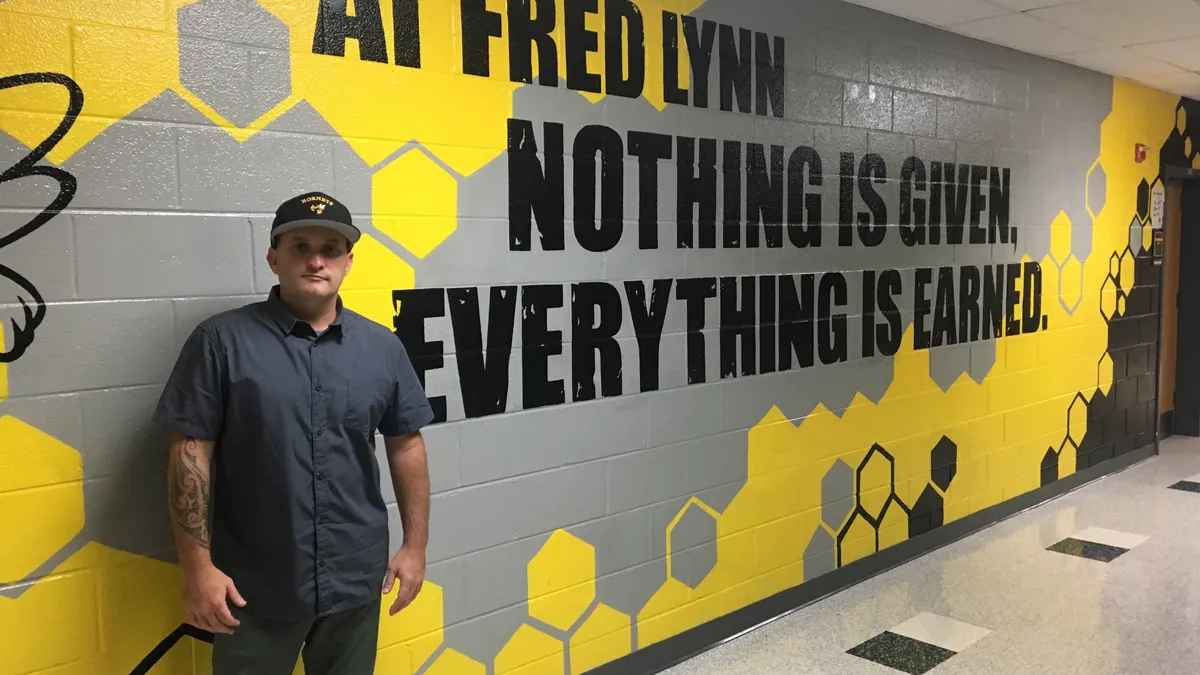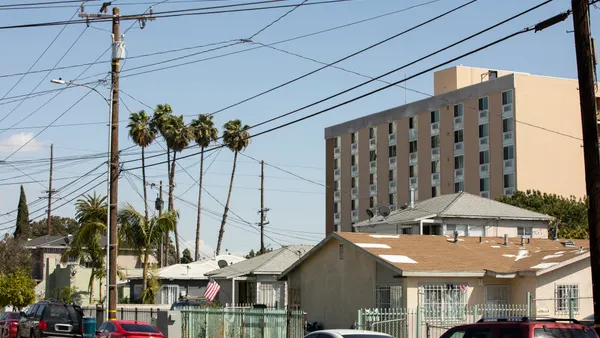Lessons In Leadership is an ongoing series in which K-12 principals and superintendents share their best practices and challenges overcome. For more installments, click here.
For 17 years, Jeff Dillon was a pastor before returning to school in 2001 to become an educator. Since 2007, he's served as an administrator in his hometown district, Idaho's Wilder School District 133 — first as an elementary school principal and Title I director, and today as both superintendent and middle and high school principal.
"Financially, it makes sense [with the size of the district] to blend those roles, and with smaller student bodies, you can do that," Dillon recently told K-12 Dive. "It's really helped us be conservative on how we've utilized and spent our money. We've spent more money toward students, teachers and staff than we have [on] administration."
A major producer of crops including onions, hops and potatoes, Wilder, Idaho, is an agriculture-based community with a high migrant and English learner population, as well as high poverty. Despite that, Dillon has been able to improve test scores, implement competency- and mastery-based learning models, and upgrade the district's technology infrastructure to support those efforts for just under 500 students across three schools.
Over the course of our conversation, Dillon shared insights on his transition from pastor to school leader, how Wilder schools rethought grading structures, and best practices for serving migrant students.
Editor's Note: The following interview has been edited for brevity and clarity.
K-12 DIVE: What was the transition from being a pastor to being an educator like? Are there takeaways from your time as a pastor that have really helped you out a lot as an educator?
JEFF DILLON: People are people, and systems are systems. [laughs] Churches were political, as school districts are. Dealing with people is the same. I was a youth pastor, so I had the same challenges with discipline with students and behaviors with students. So there's a lot of similarities for sure.
I was just in a situation where an opportunity came about where I could continue my educational pathway, get my teacher certification, and pastor at the same time. So I was able to do that and just continue to really be empowered as an educator. And that's really the direction I felt it was time for me to go.
You've talked about how, at a base level, you've approached your position from a standpoint of looking at the "why" of education, or "Why are we doing what we're doing?" How have you gone about pursuing that?
DILLON: The "why" question's interesting, 'cause we typically don't ask "why" to traditions in education and the system of education. We just take it at face value that we have to have a specific timeframe in which we're supposed to teach content. And there's a lot of flexibility in a lot of states that there are competency-based models or mastery-based models that you can participate in.
Really, when you take out that seat time for credit, the opportunity to change that educational system is really transforming. You can change anything in the system almost at that point in time, because that crazy structure of seat time for credit is such a hindrance to students truly learning the material, learning the content, being successful academically.
So that "why" question for us was a way in which we could continue to expand upon opportunities for students and remove the structures that inhibit those opportunities.
One of the approaches you mentioned is that you've rethought grading structures, so that now a B is a 3.0 or greater, and an A is where a student can teach the content to others. What went into that process?
DILLON: It was really the result of collaborative conversations with students and with staff, because we knew that in a mastery-based model … when you say mastery, what's that mean? If a B and A is a mastery, why should I get an A versus a B — what's that really mean in context?
So we just had a lot of conversations over the last year about this model and how we can continue to rethink another iteration of what we're doing and how we can make it improve.
We like the idea that if you know the content well, you can teach others the content. And so that became, "This is what we're gonna focus on as being an A."
We felt like it was a way in which we can continue to raise the level of rigor of learning. Not just you regurgitate information, but actually "Can I take it and do something with the information and apply it to my own life, or can I apply it to someone else's life and their learning?"
The other piece that's important to understand is we put a lot of effort into empowering our students with social-emotional learning opportunities and executive functioning skills needed to be successful in this environment.
We have daily, or almost daily, incorporated a model called the "16 Habits of Mind." It's from a book put out over 20 years ago by Art Costa and Bena Kallick on the 16 Habits of Mind and really deals with those functioning skills students need to have in order to be successful lifelong learners.
If you're a student here, especially in our middle-high school, we really ramp up the requirement for students to complete a daily learning plan that will incorporate a smart goal for each of your subjects.
Maybe it's a subject you're not very happy to be in or you're struggling to learn. So you're gonna include a Habit of Mind in that goal of striving for accuracy. That's your plan. "I'm gonna work on math today. I'm gonna strive for accuracy. I want that accuracy to be there."
When it comes to these sorts of transformative decisions, how do you get community buy-in? I know sometimes in smaller communities, there's a lot more of a sense of tradition, and new approaches and new things can sometimes be a little bit scary to some people.
DILLON: You know, when I look at 80% of the students in my system going on to college, and we think that 80% of our students who are going to college are first-gen college students, our families are very supportive of ways in which they can improve the system so their kids can be more successful at college.
That's what we're hearing from our parents more than anything. And the difference of teaching someone for an A versus not teaching someone and getting a B, that hasn't been a very strong conversation or an anti-conversation. Because part of our model is about student creativity. That just applies to that mindset that we have when we're teaching others.
You mentioned that you have a high migrant student population. One of the challenges for districts with a lot of migrant students is that families come in and out of the district, depending on the season. How do you account for that and stay engaged with those students and their families?
DILLON: That's a great question. And this is why we do what we do.
If I'm a migrant student, and I come into a system like this, when I get here I wanna have my fellow peers assimilate me into the model and help me join the [district's learning] model and understand the model. The quicker we can scale that student to understanding the power they have within the model and their ability to manage and own learning — I've set them up for a life skill, a skill that can be transferred to another school district.
So now as they progress from one school to the next school, and they've been empowered with tools to drive and own learning, it really helps them as they get to that next place in life or the next location for where mom and dad might go.
Even though it might not be here where they finish their education, I feel like we have an opportunity to really bridge that gap for them, to close that gap they would typically find [when moving] from location to location.









